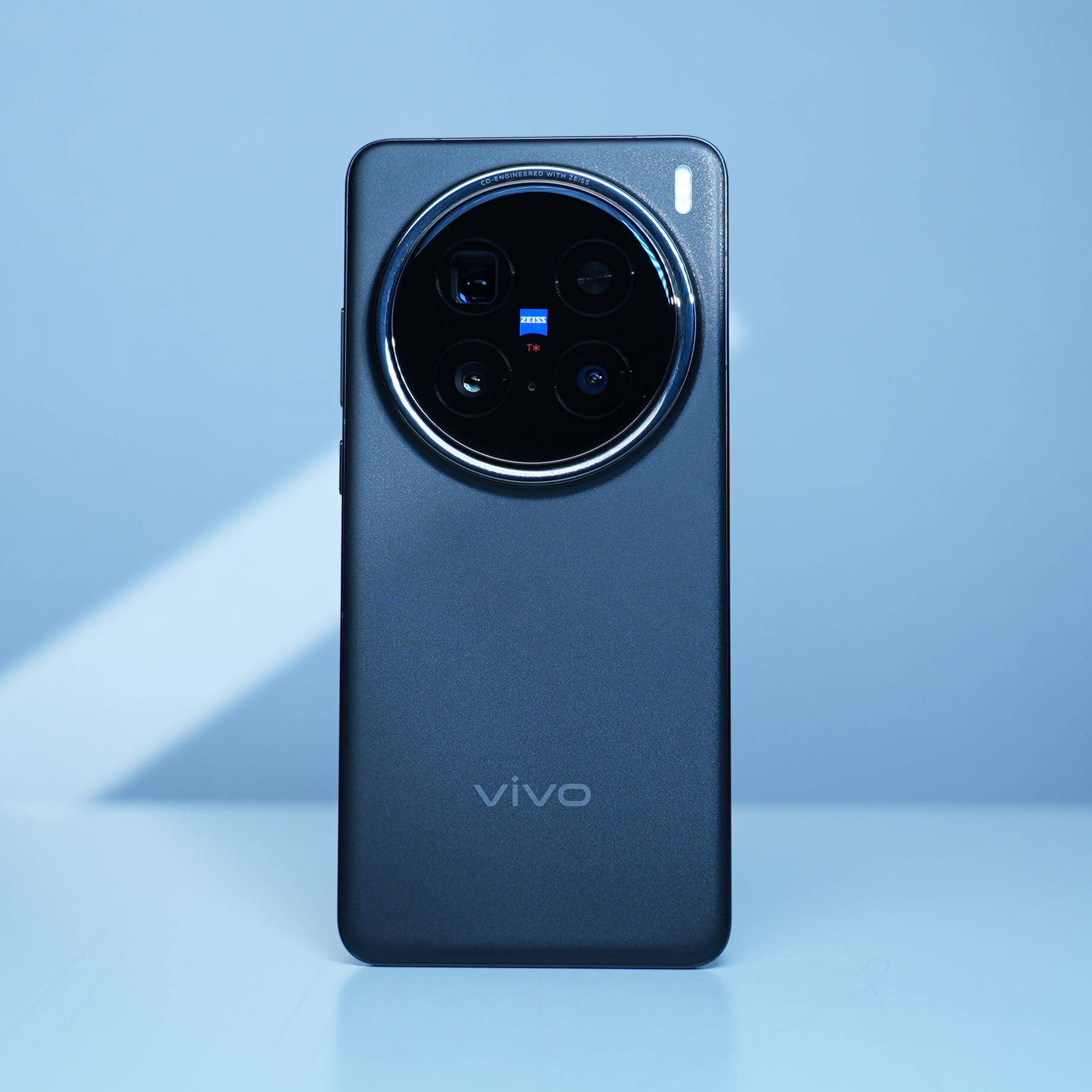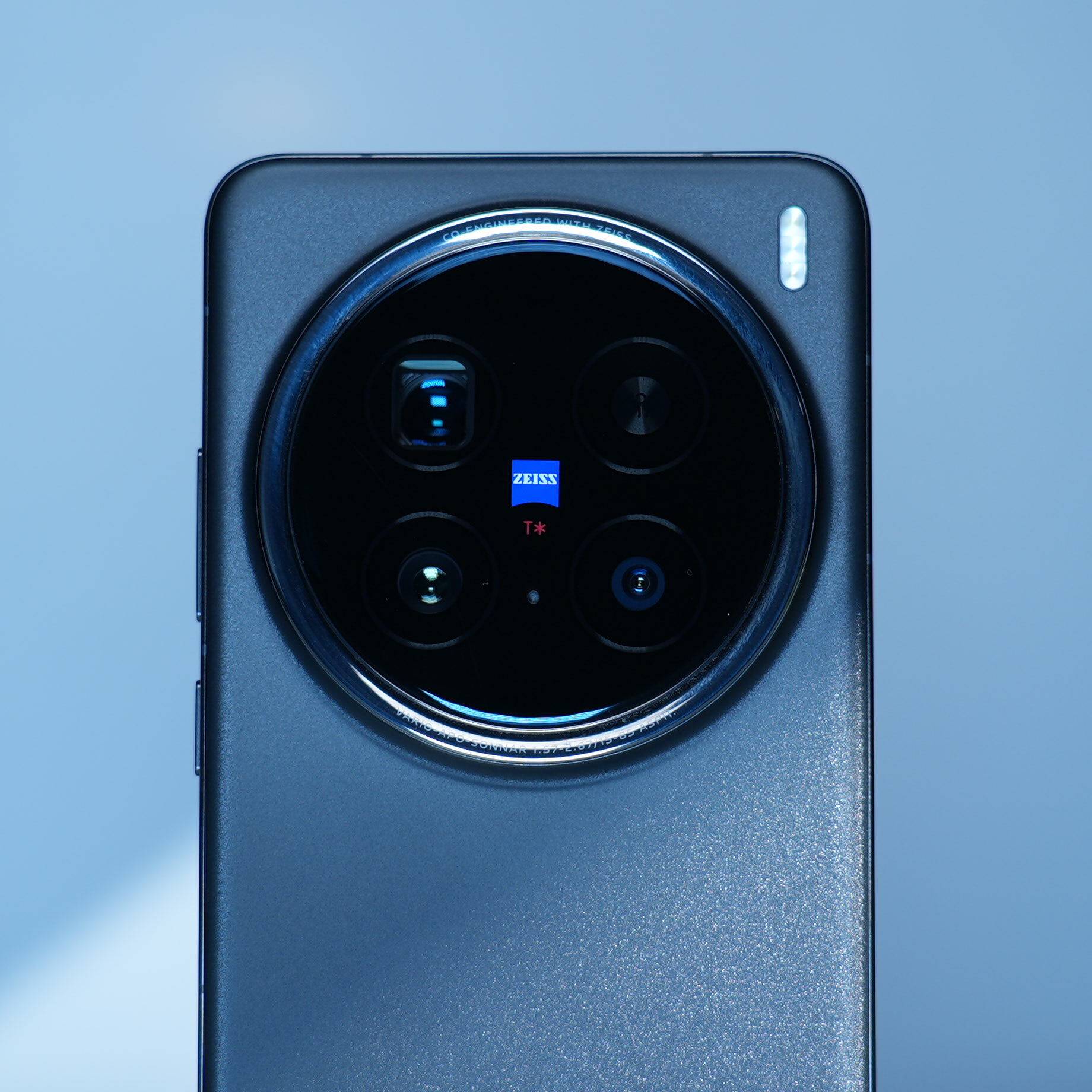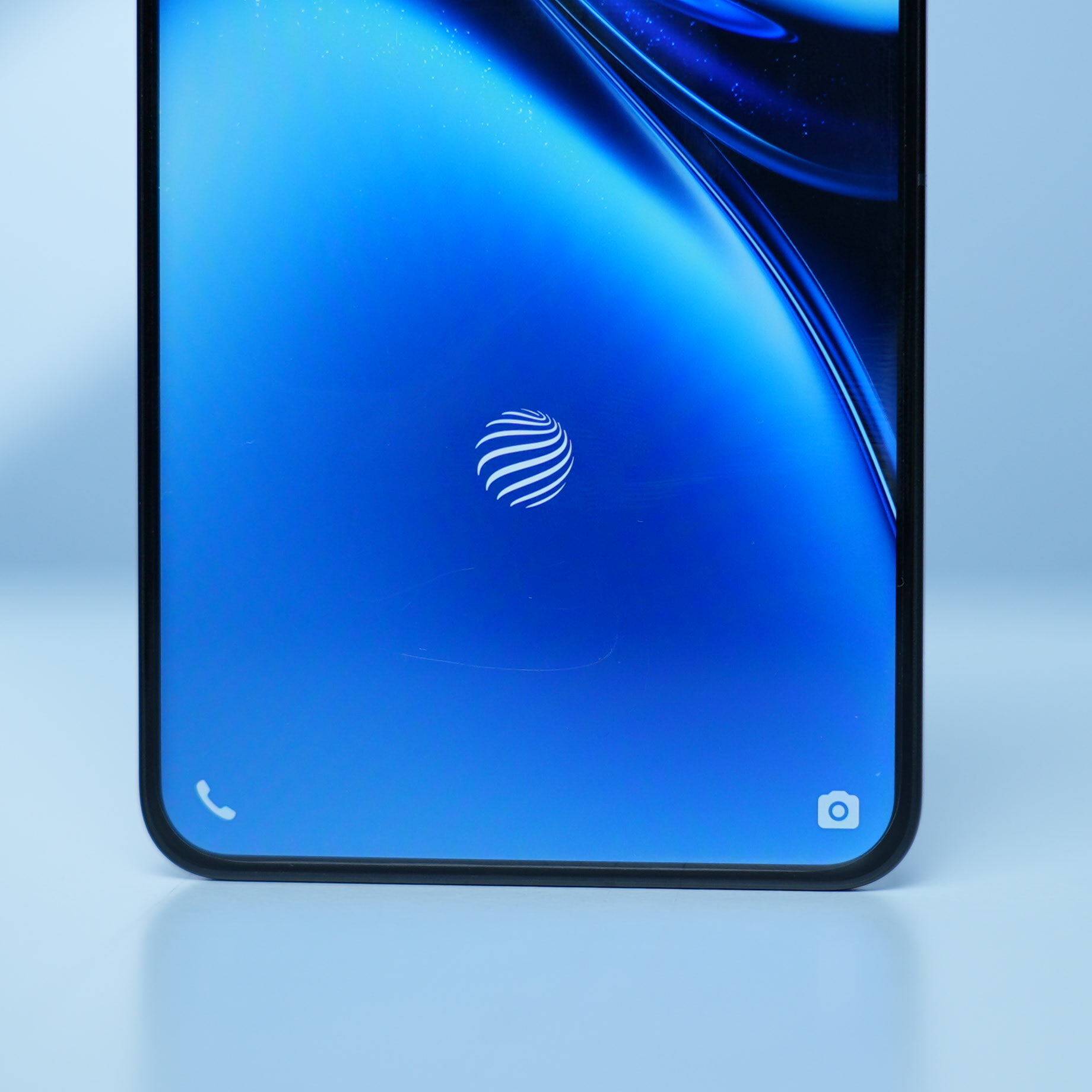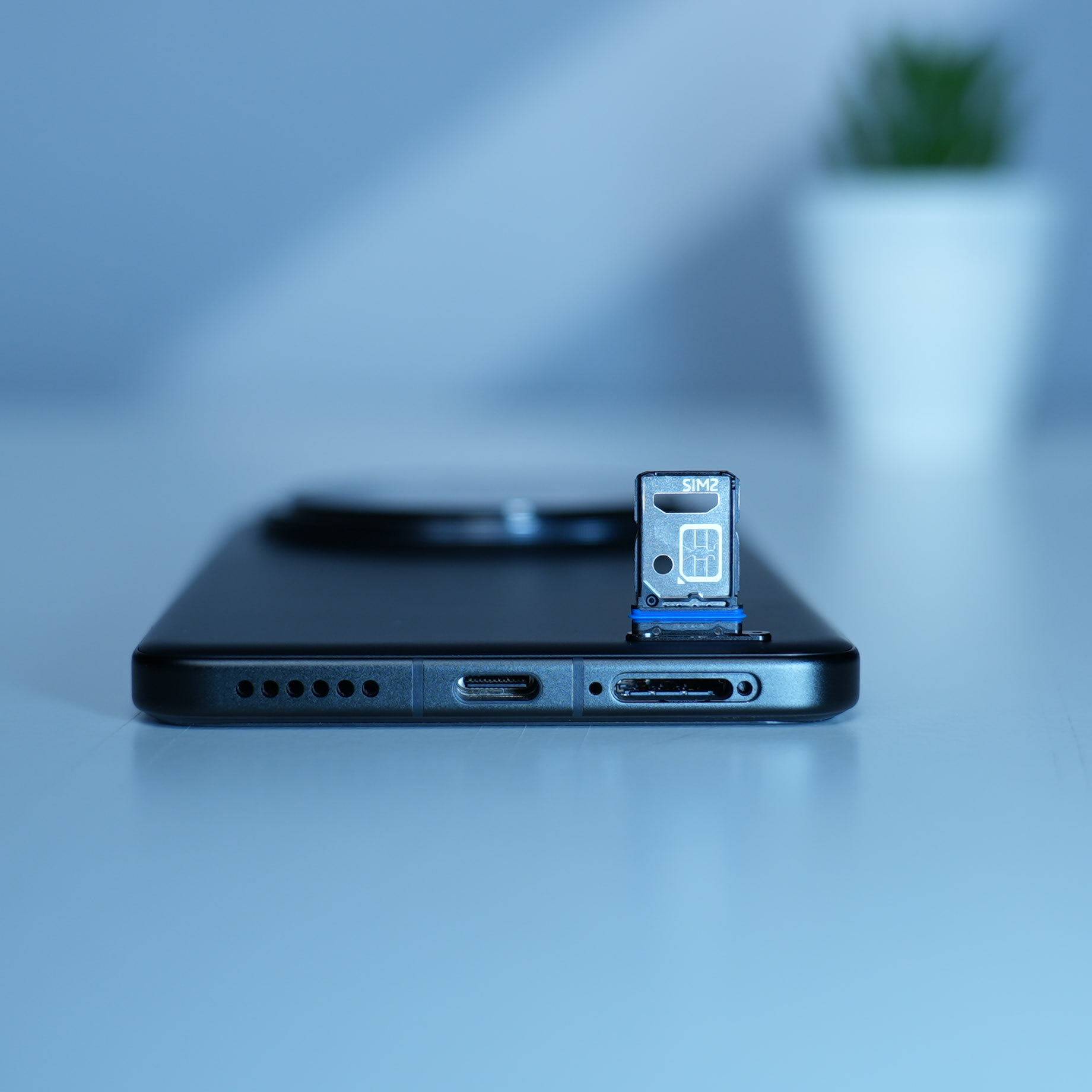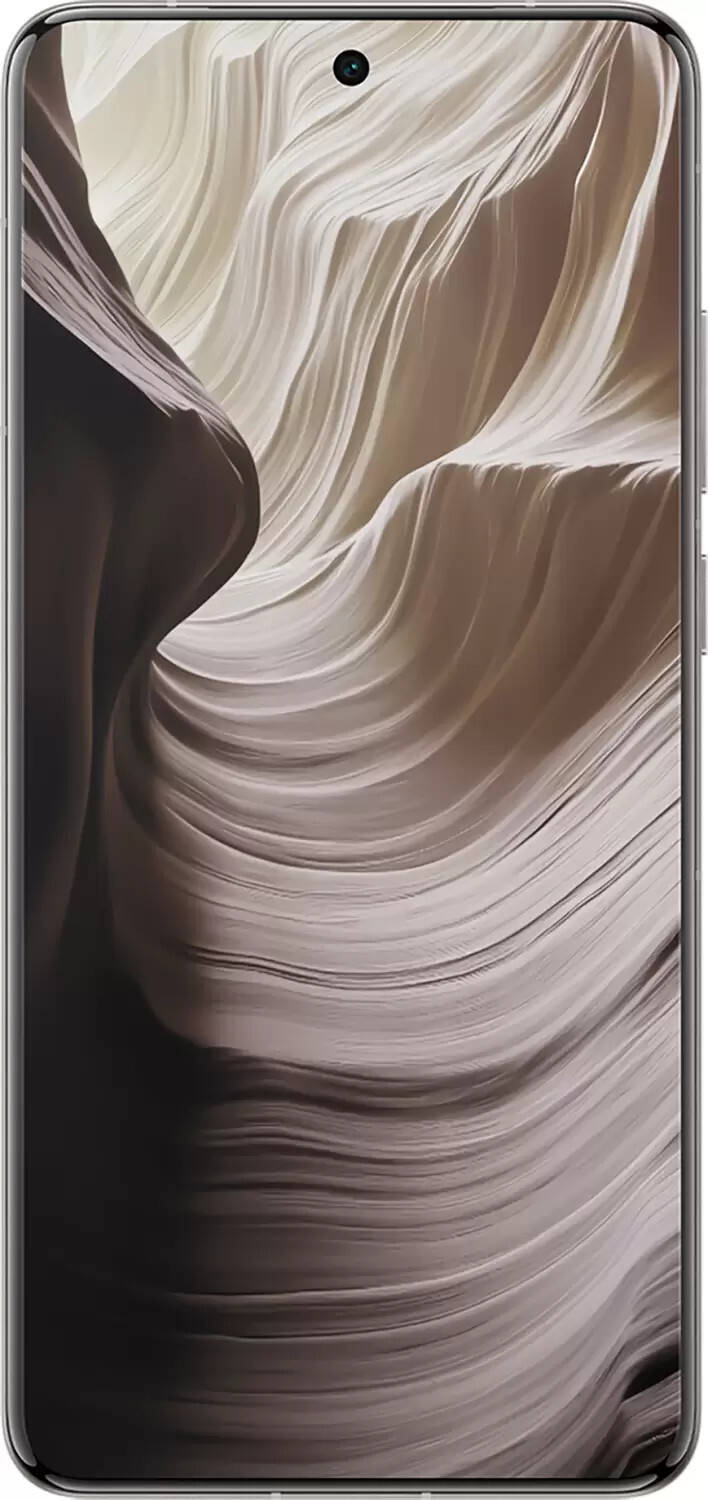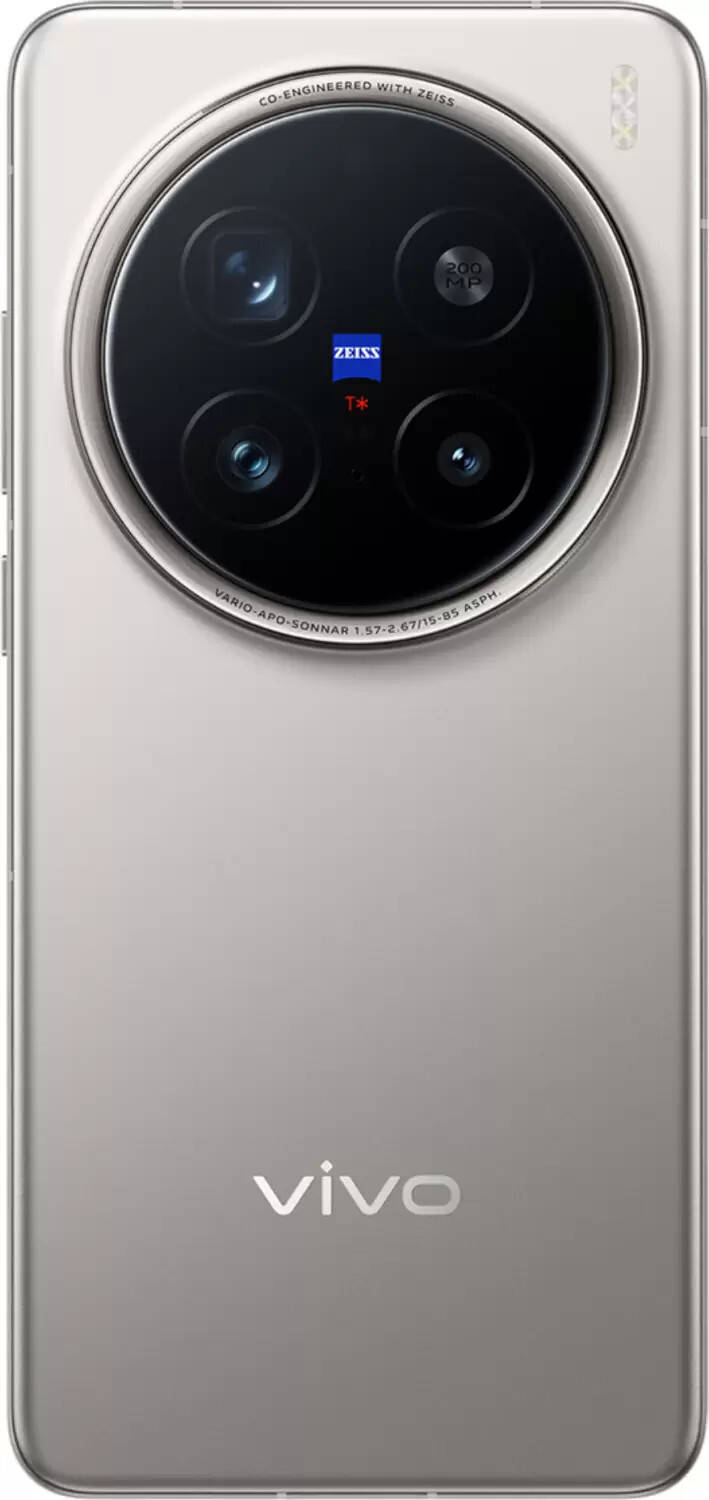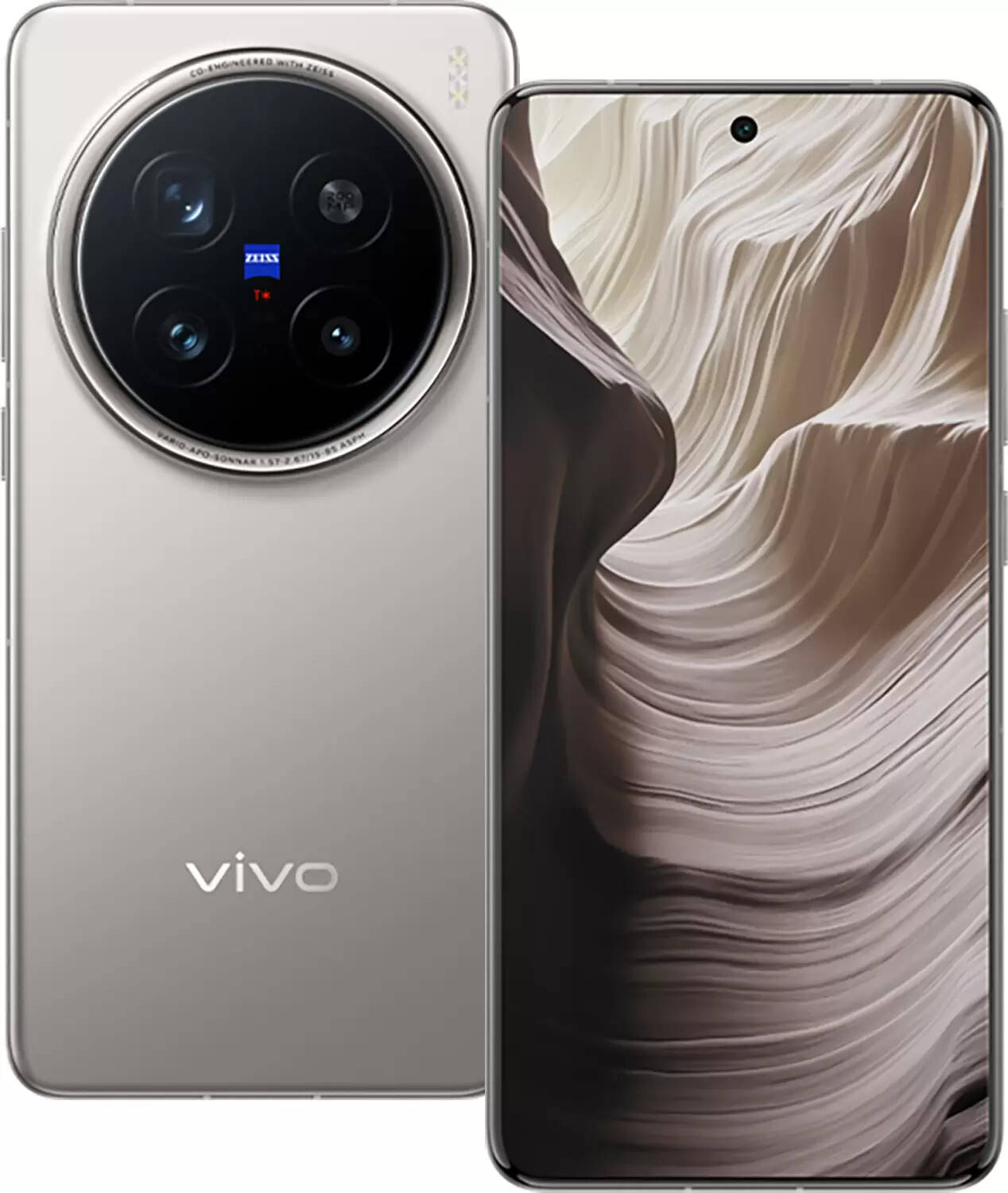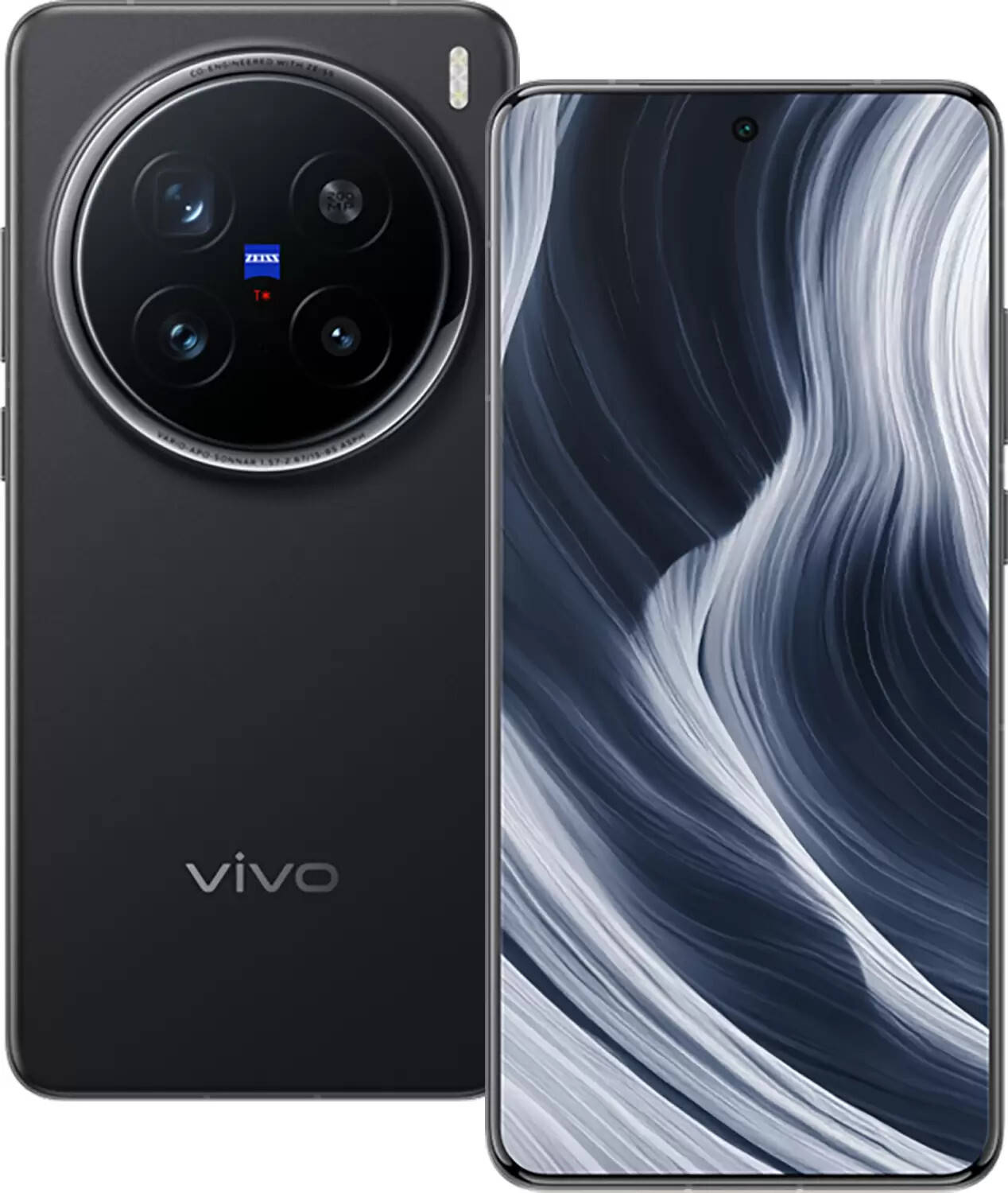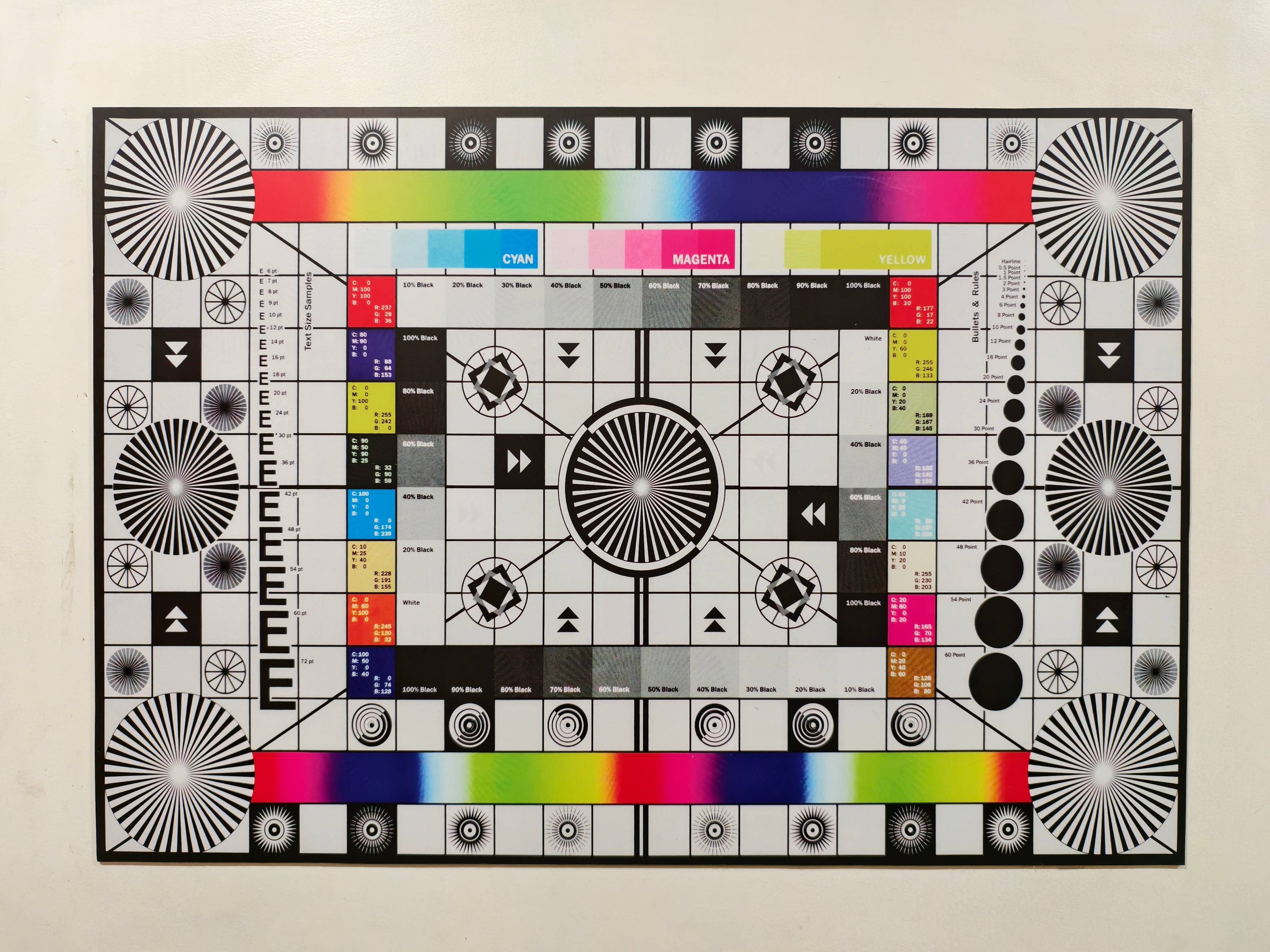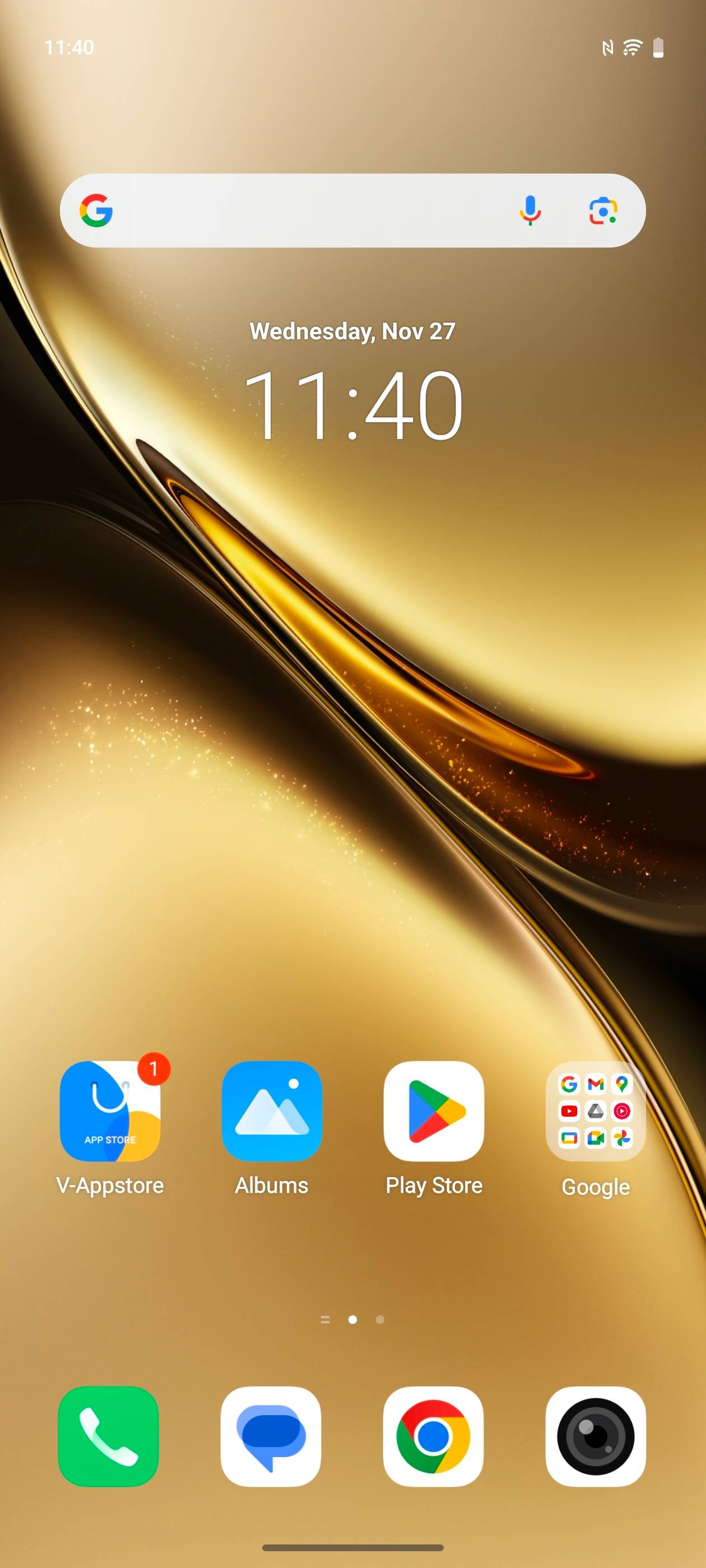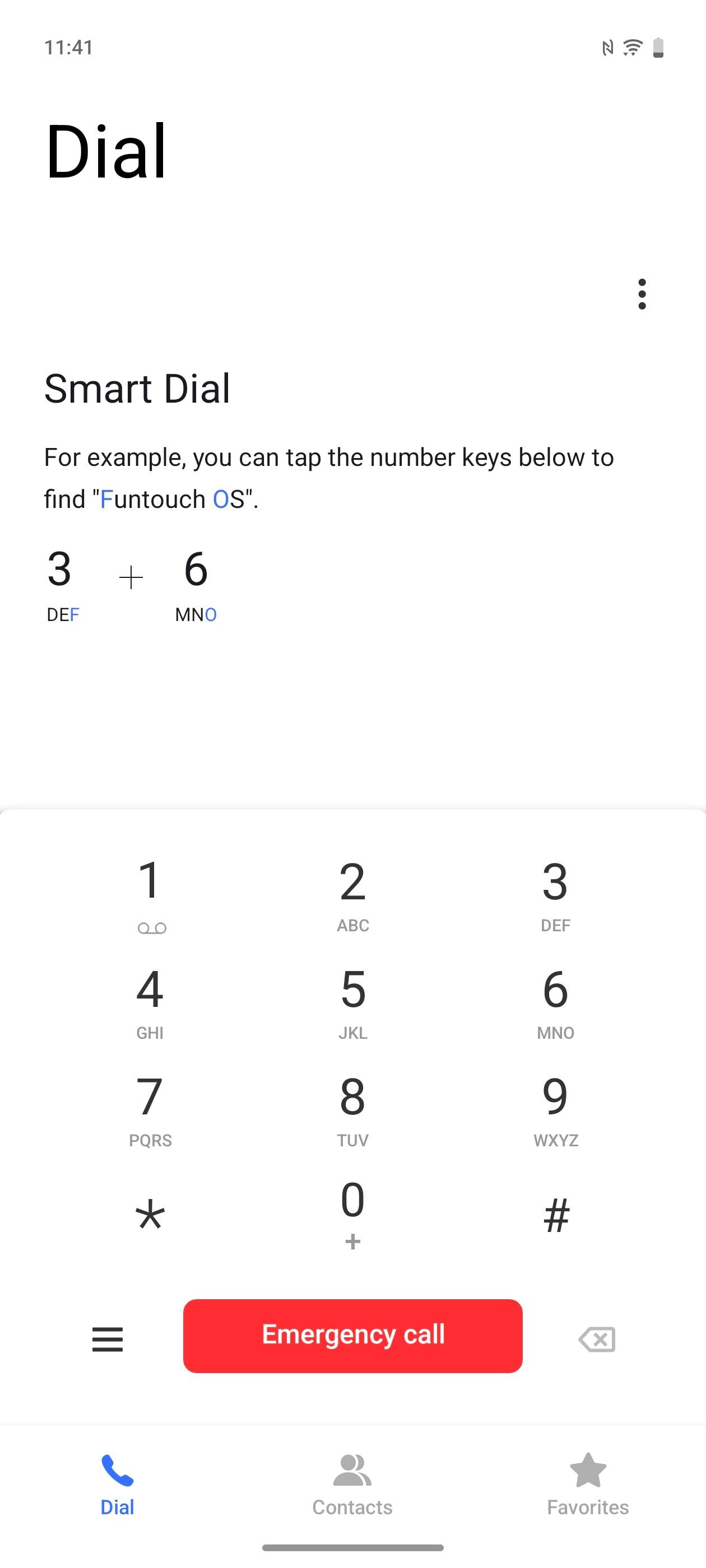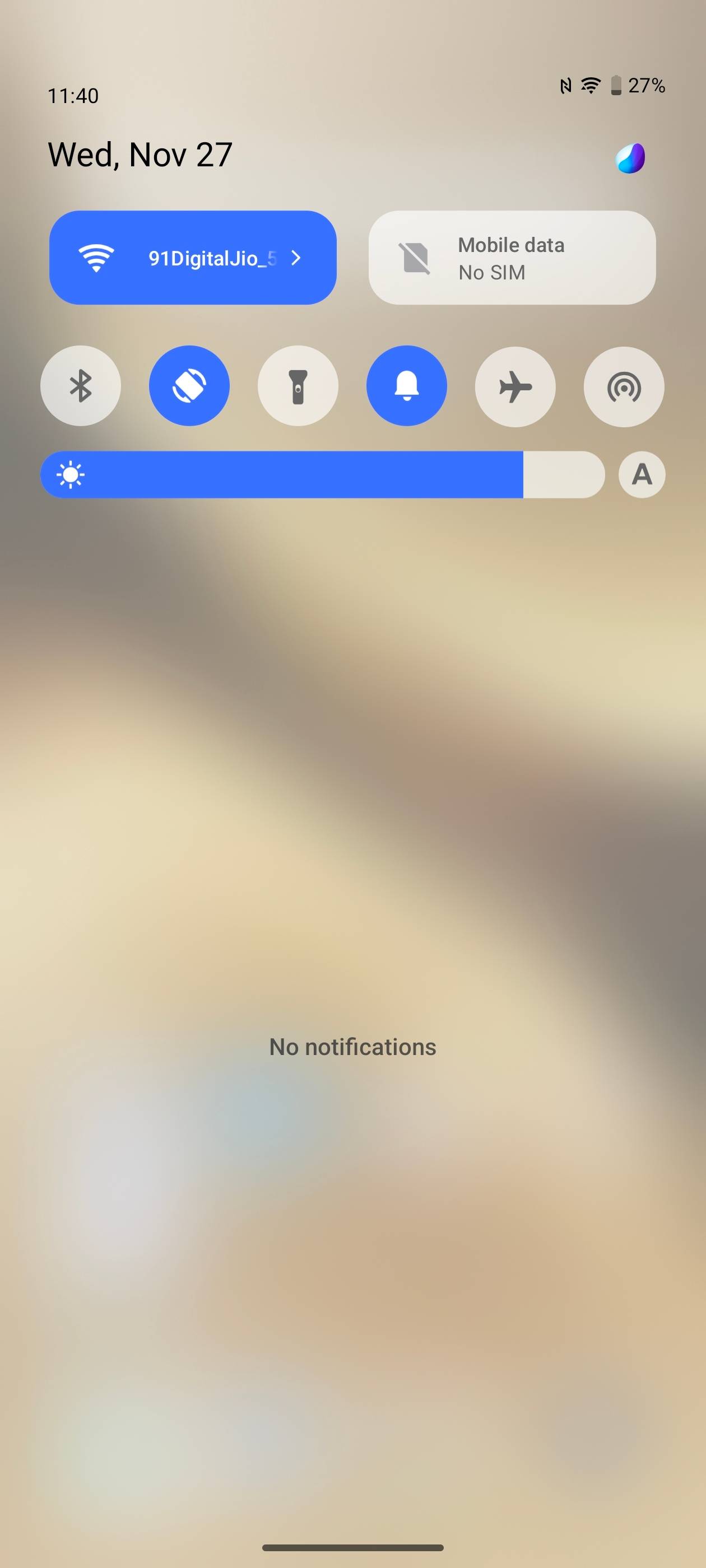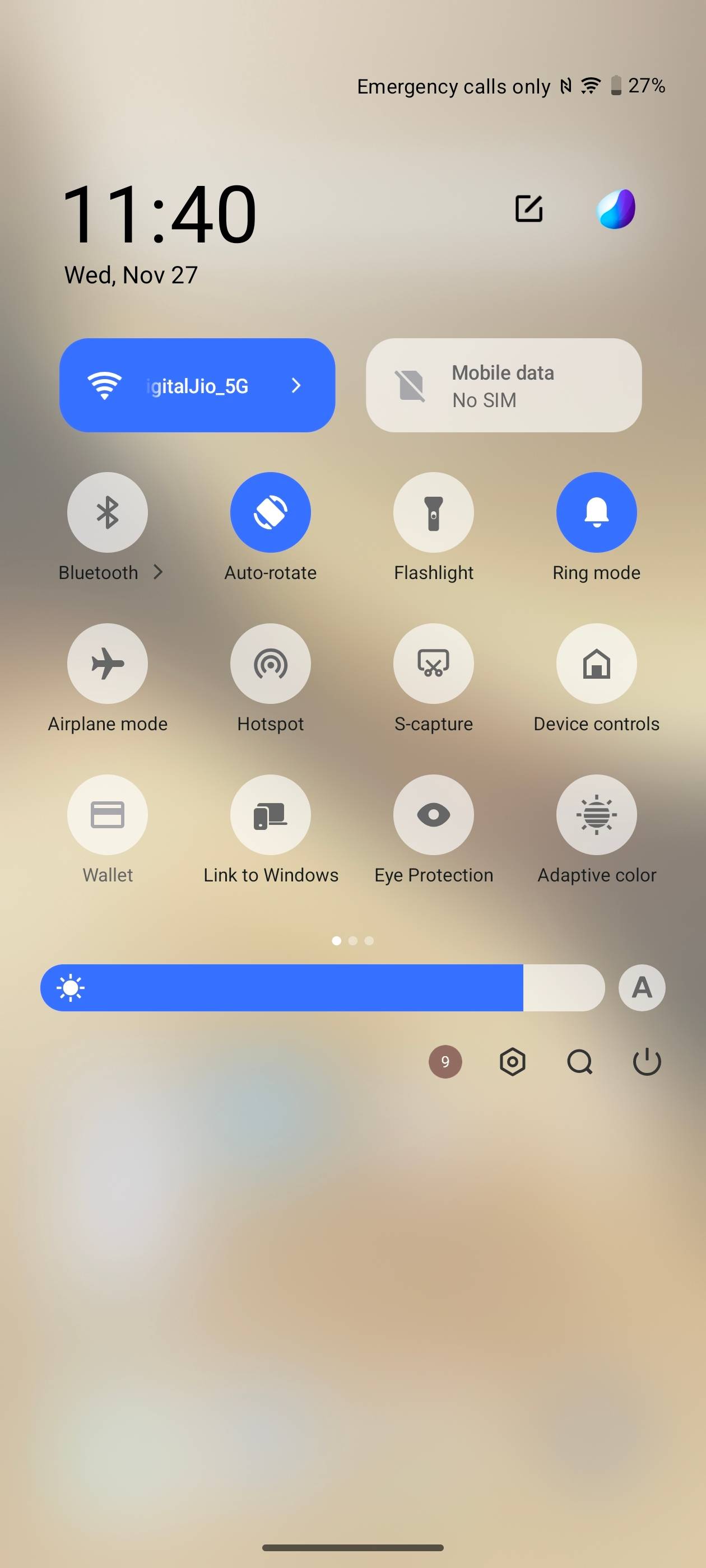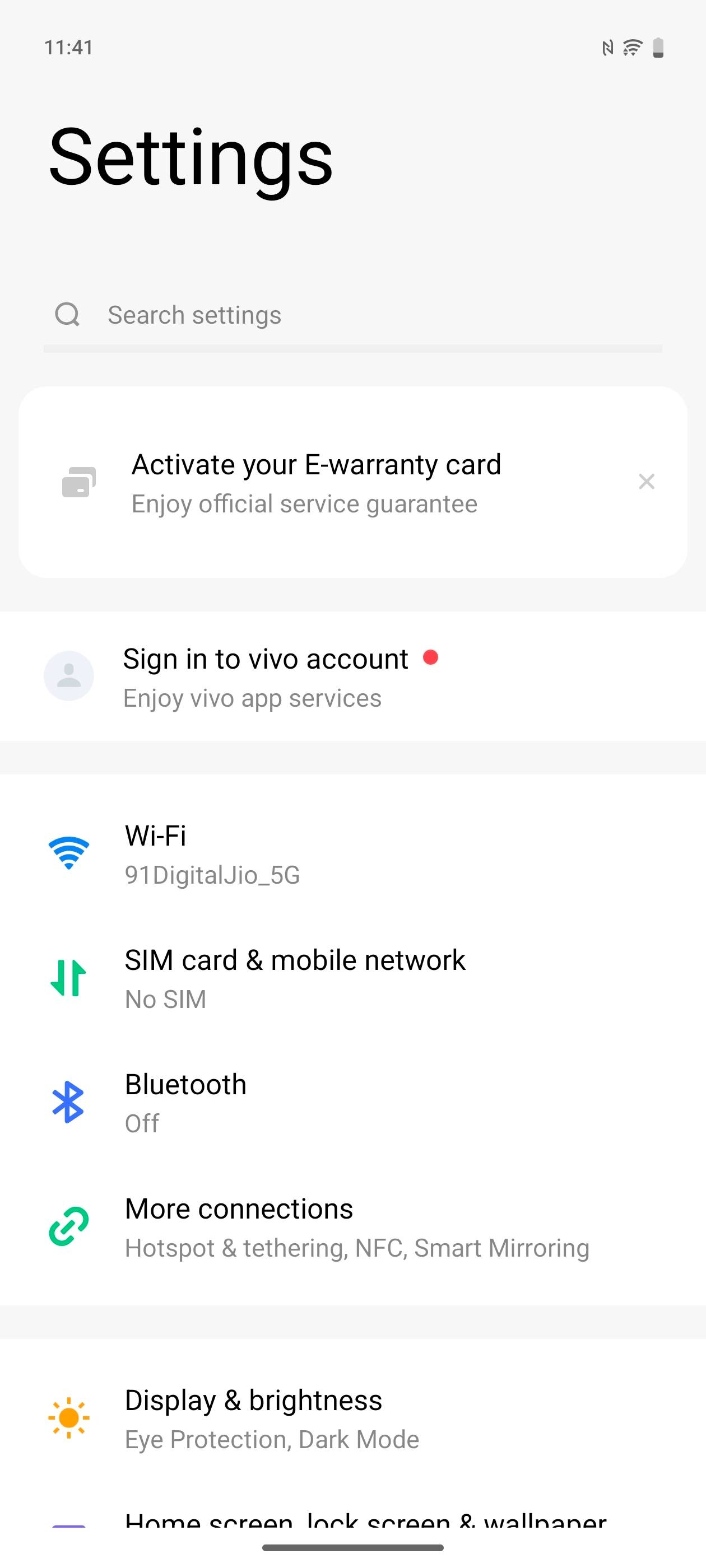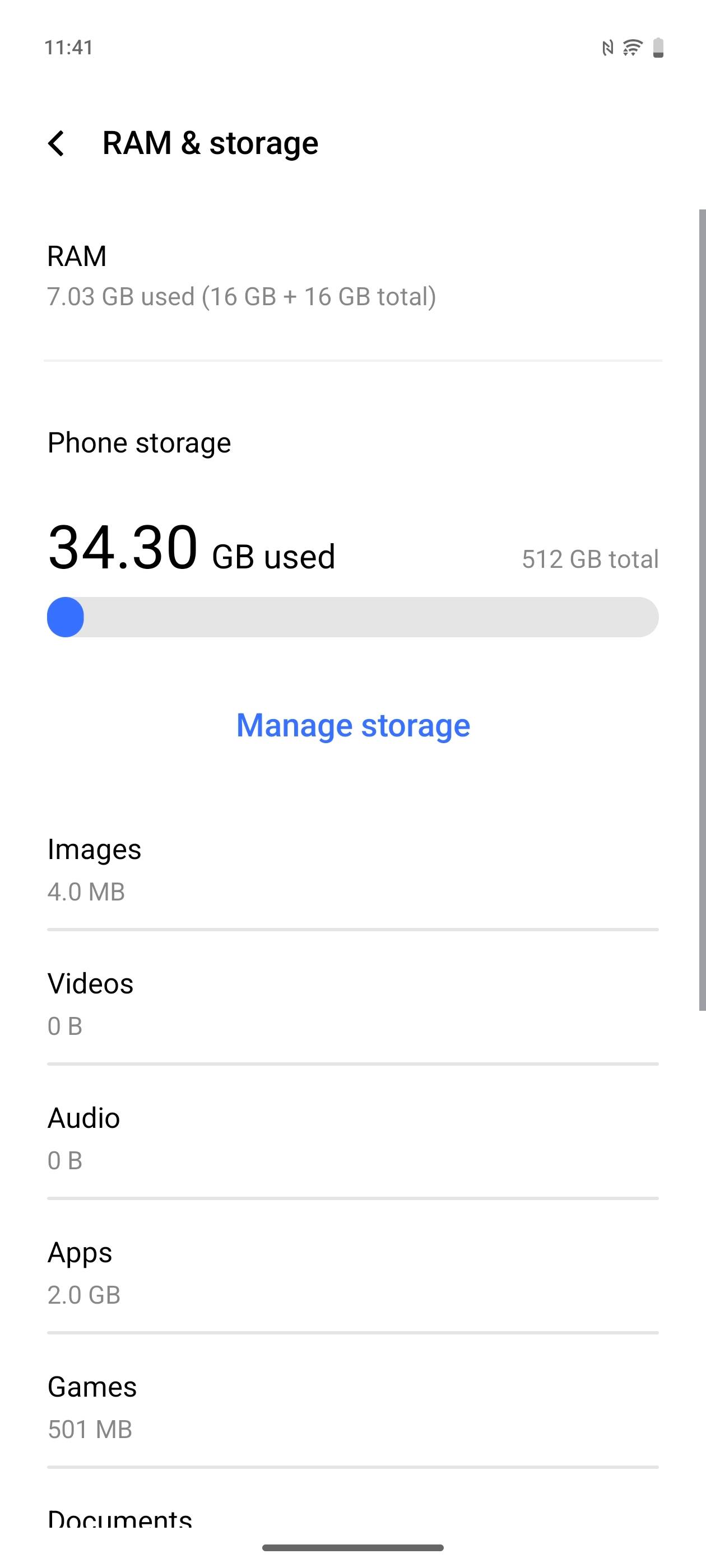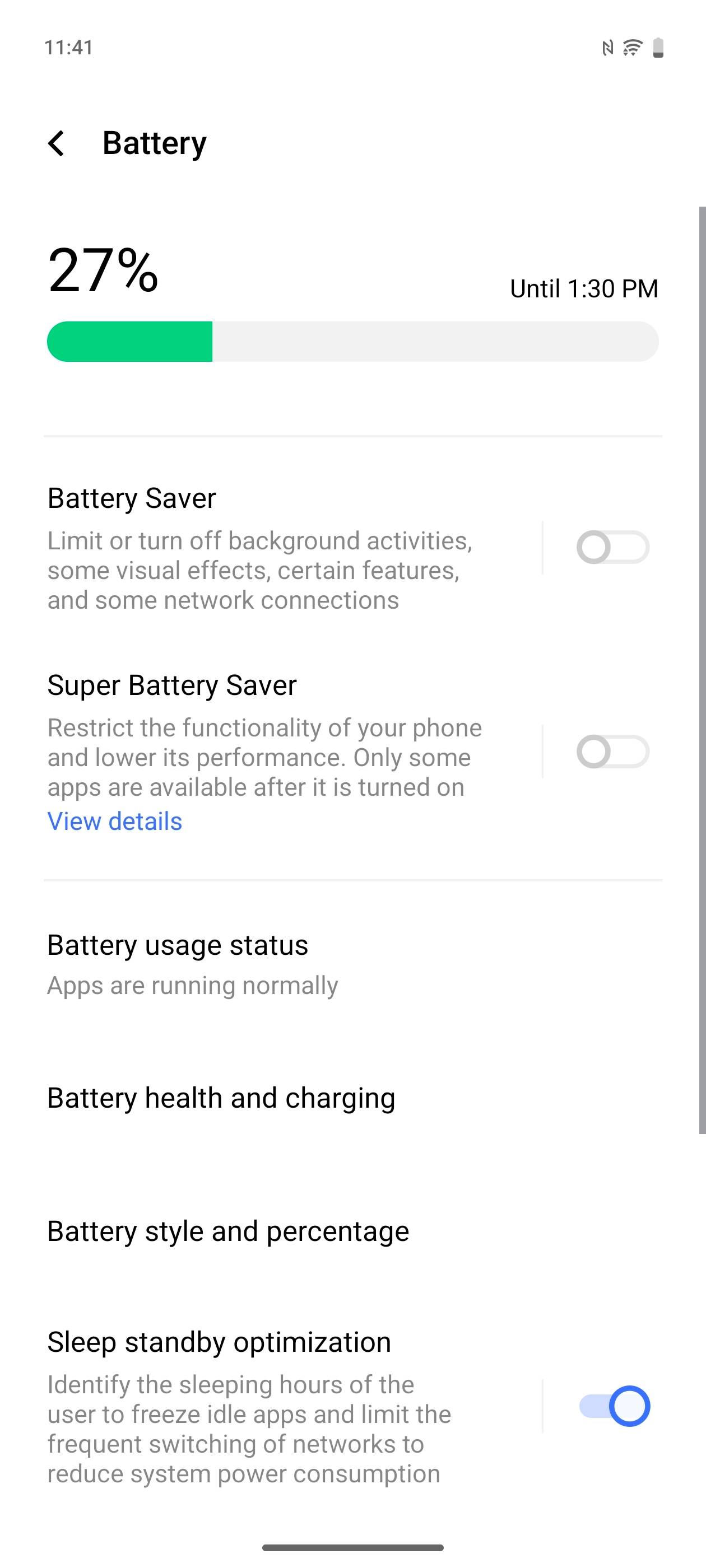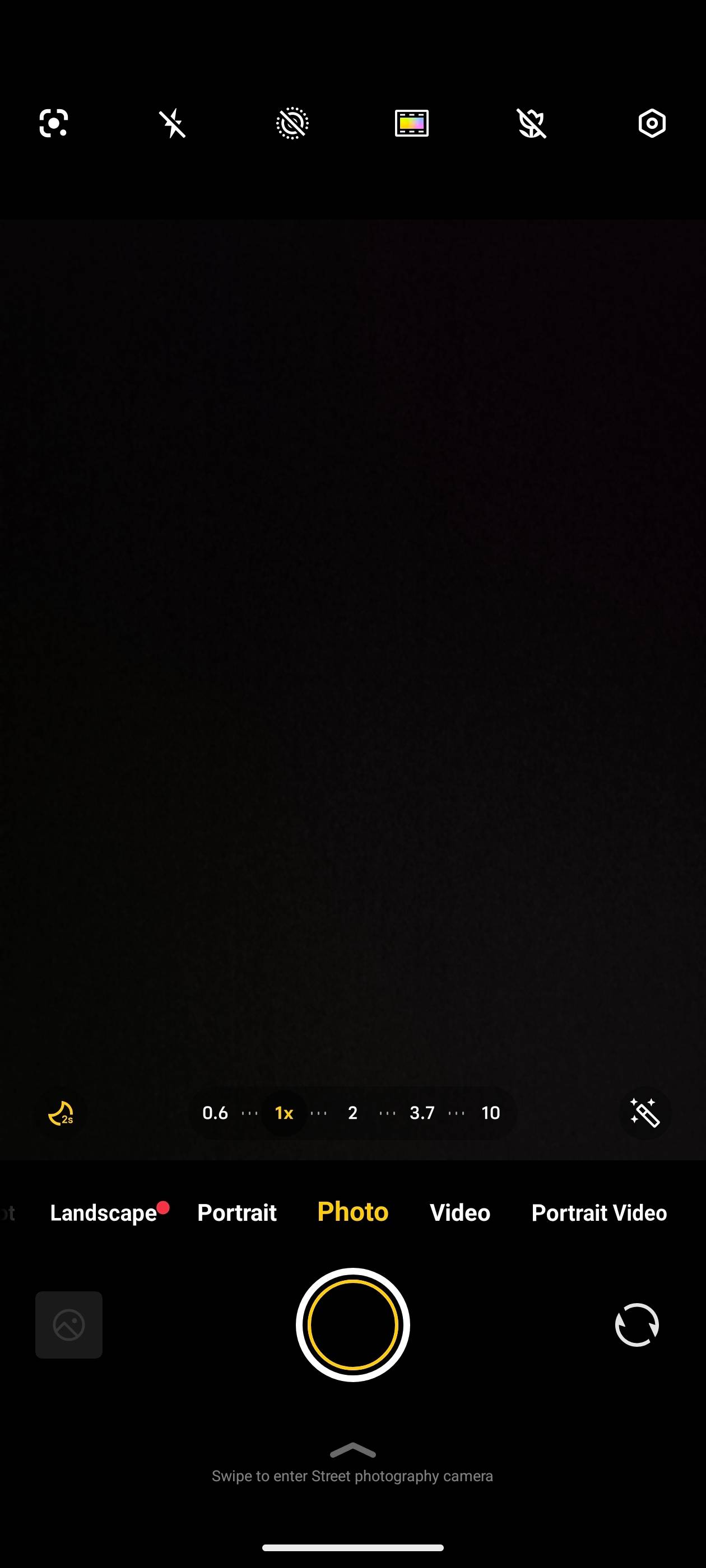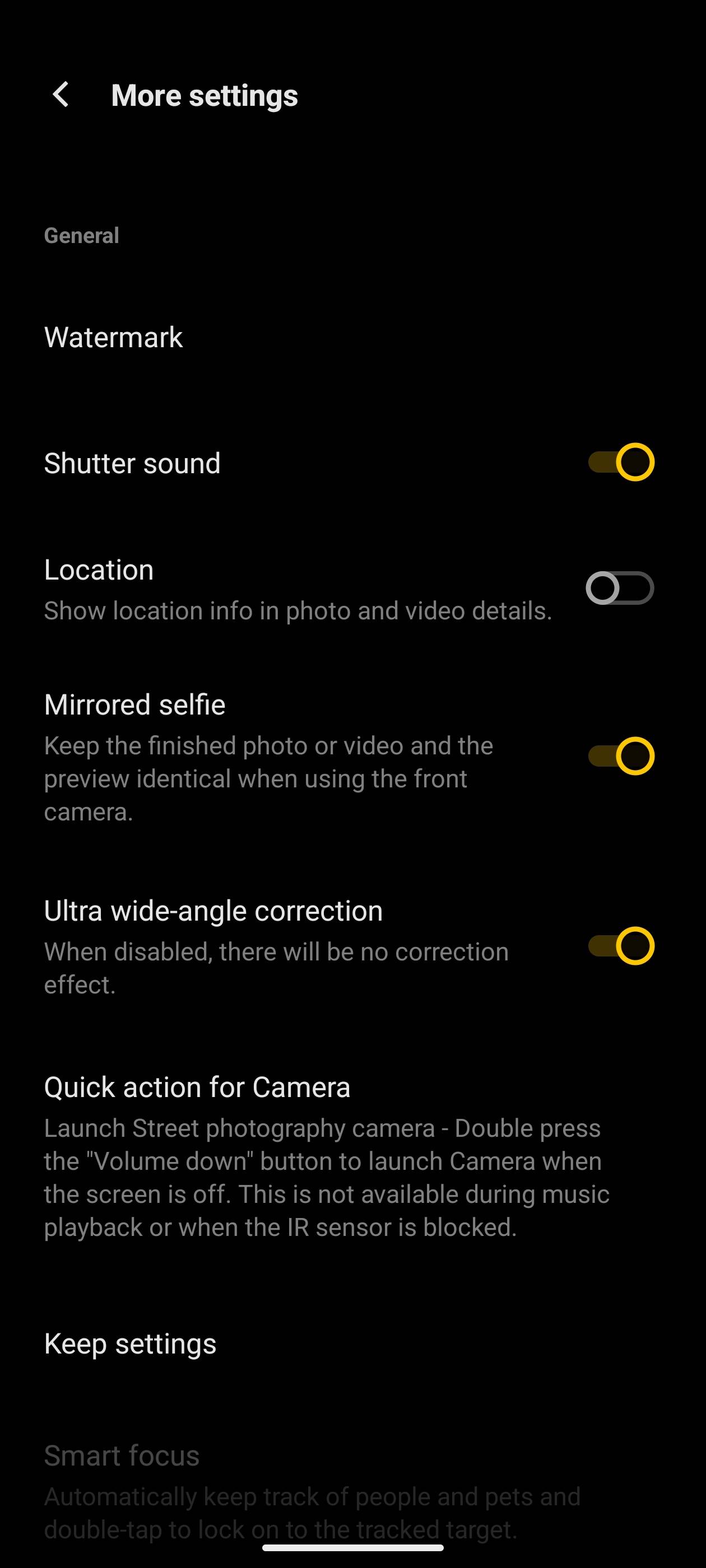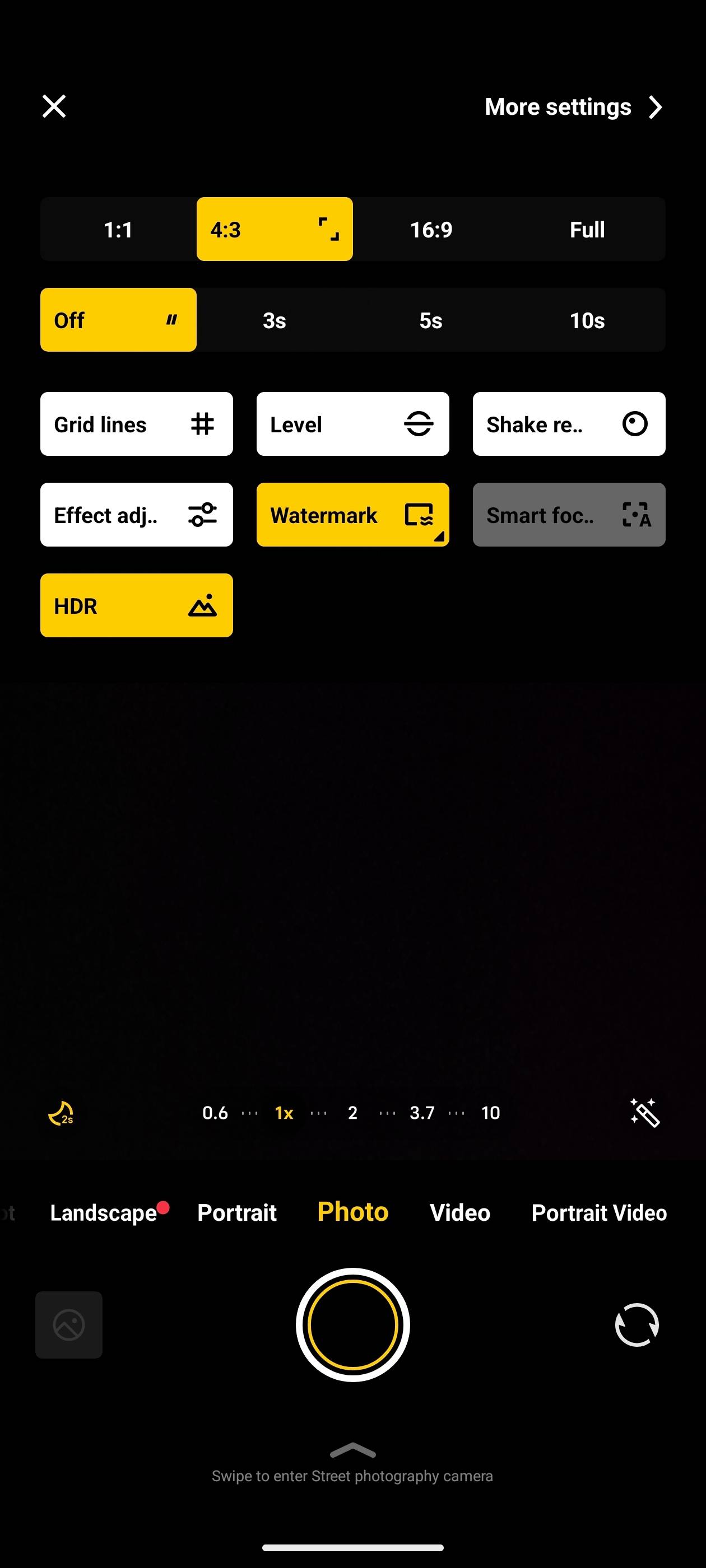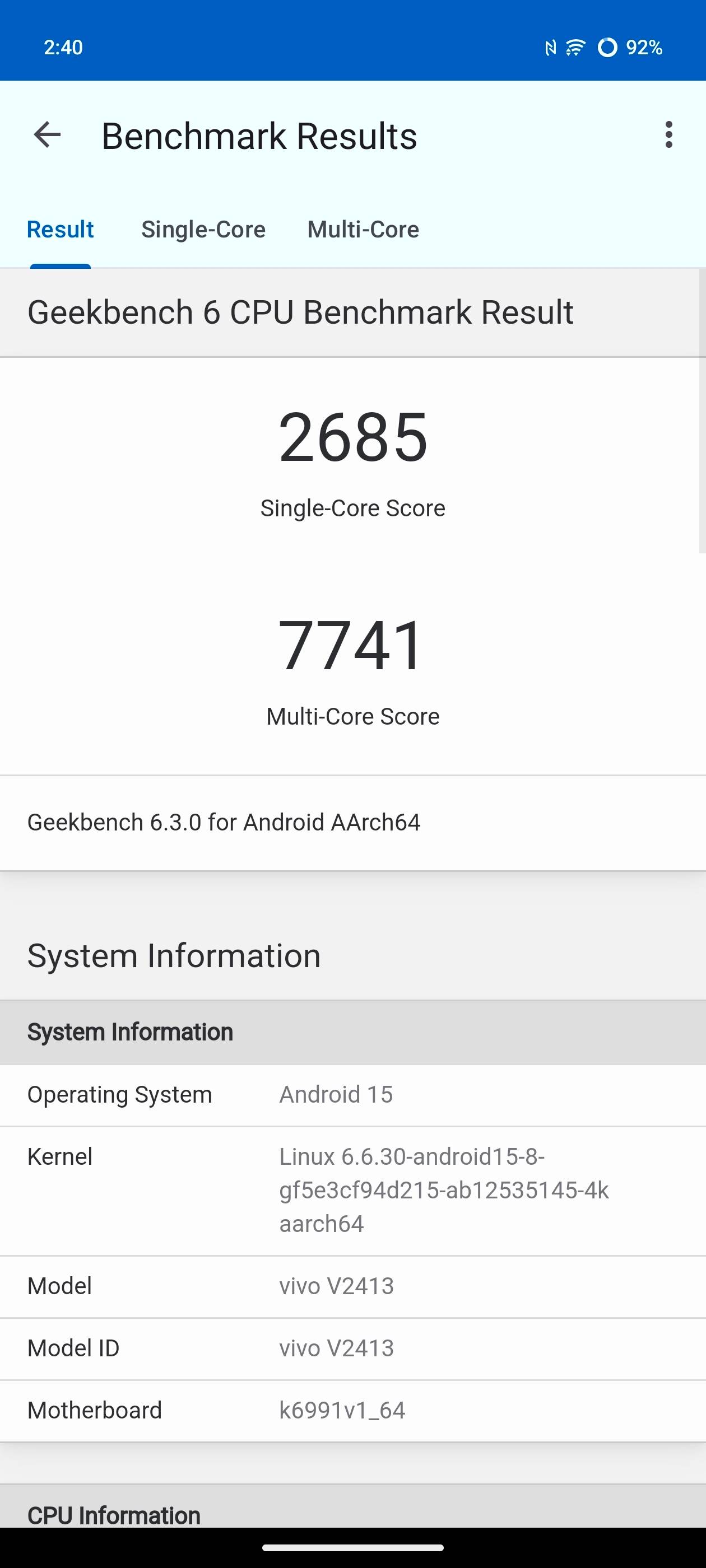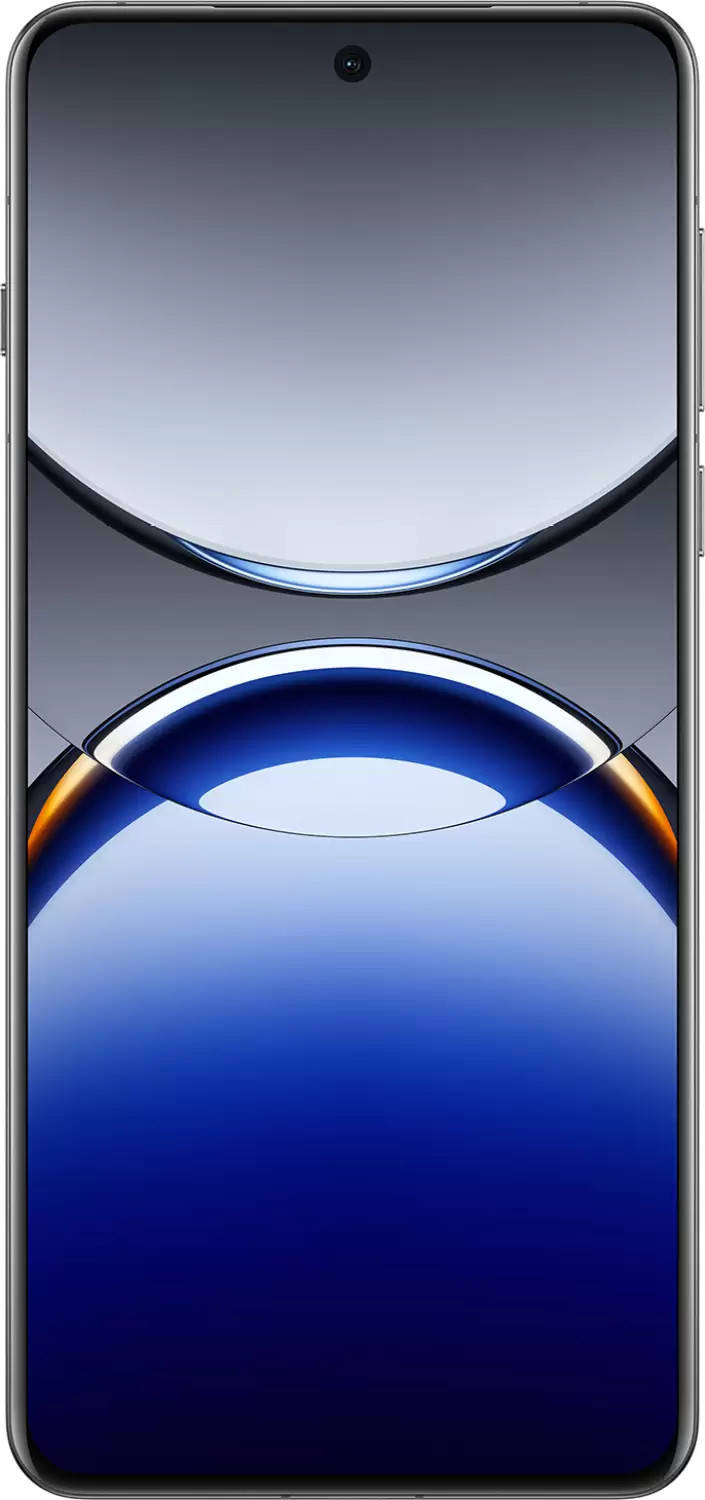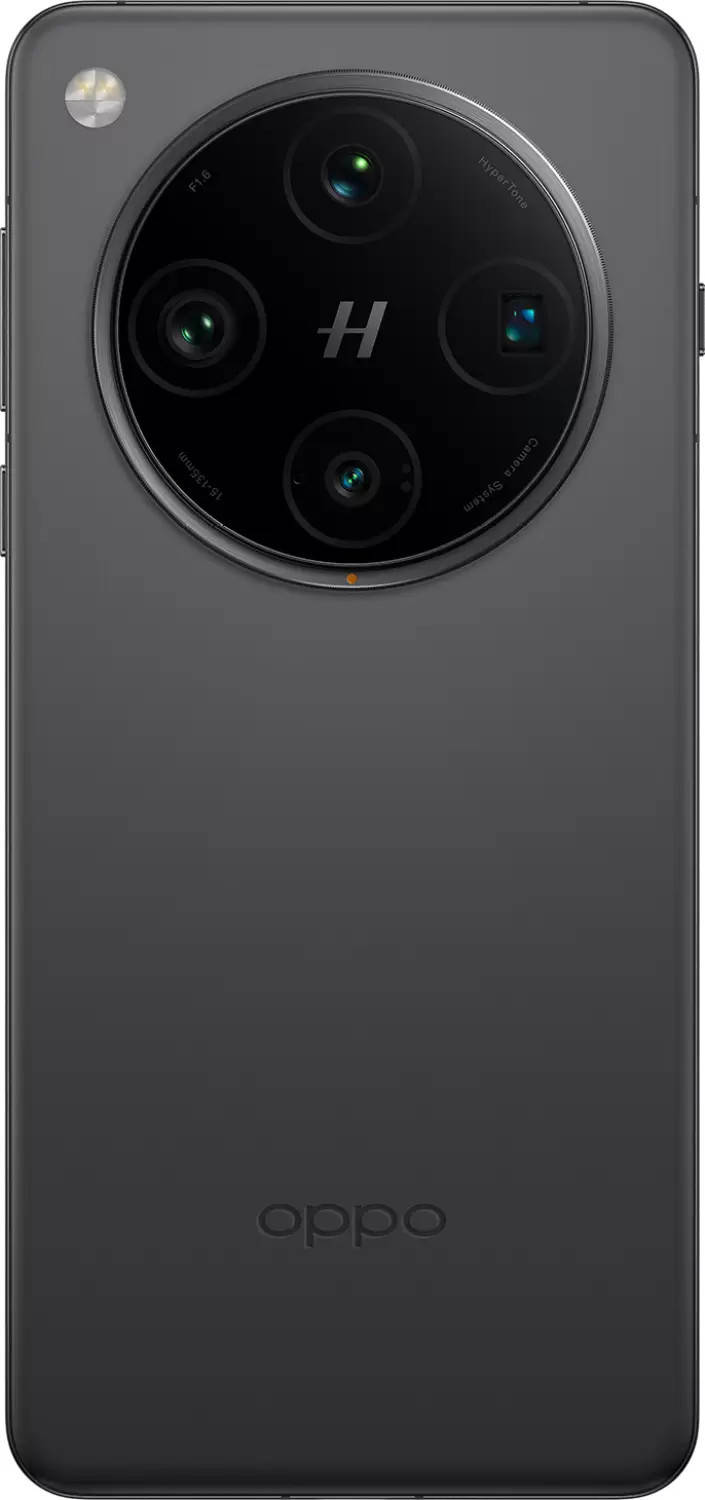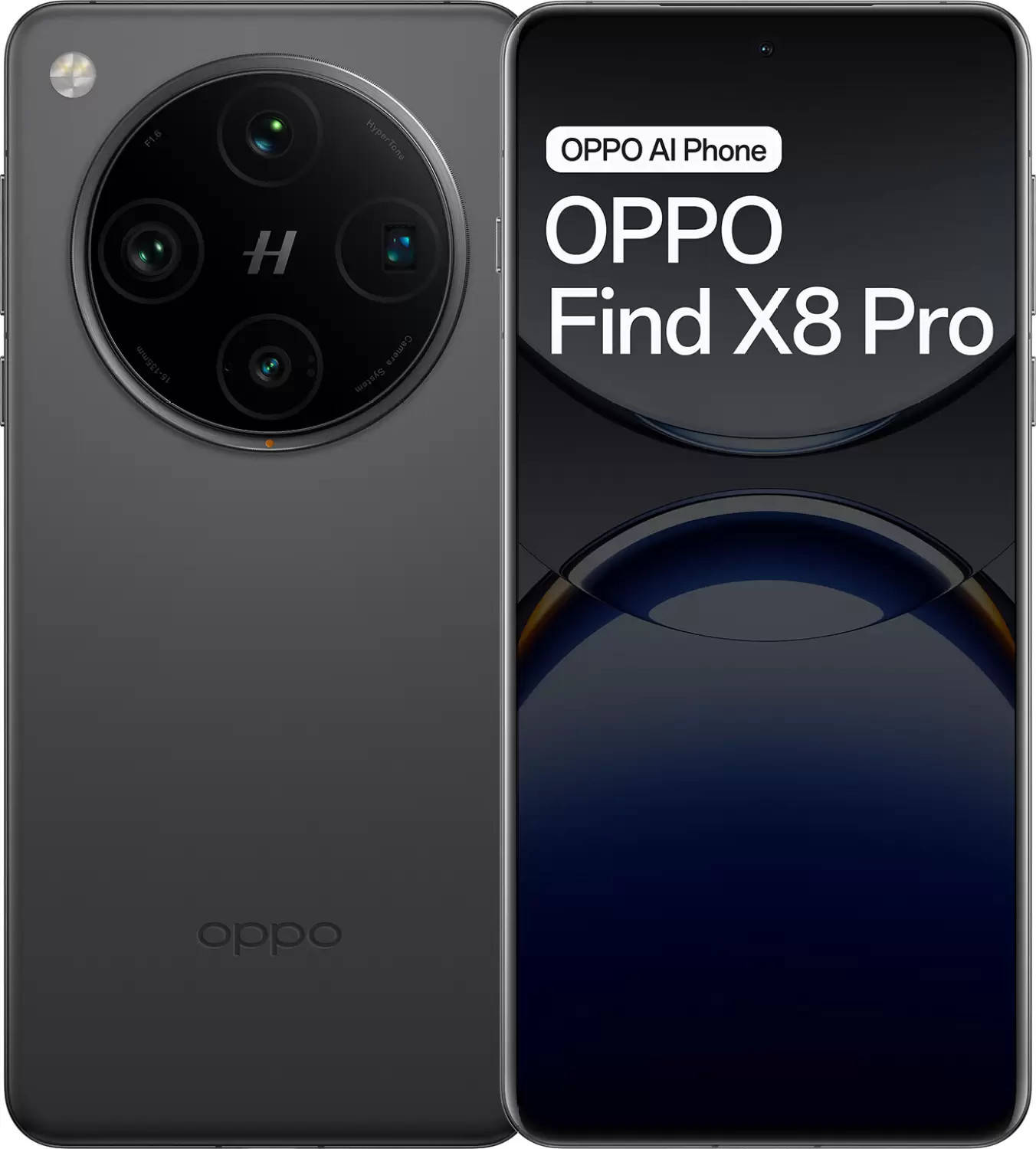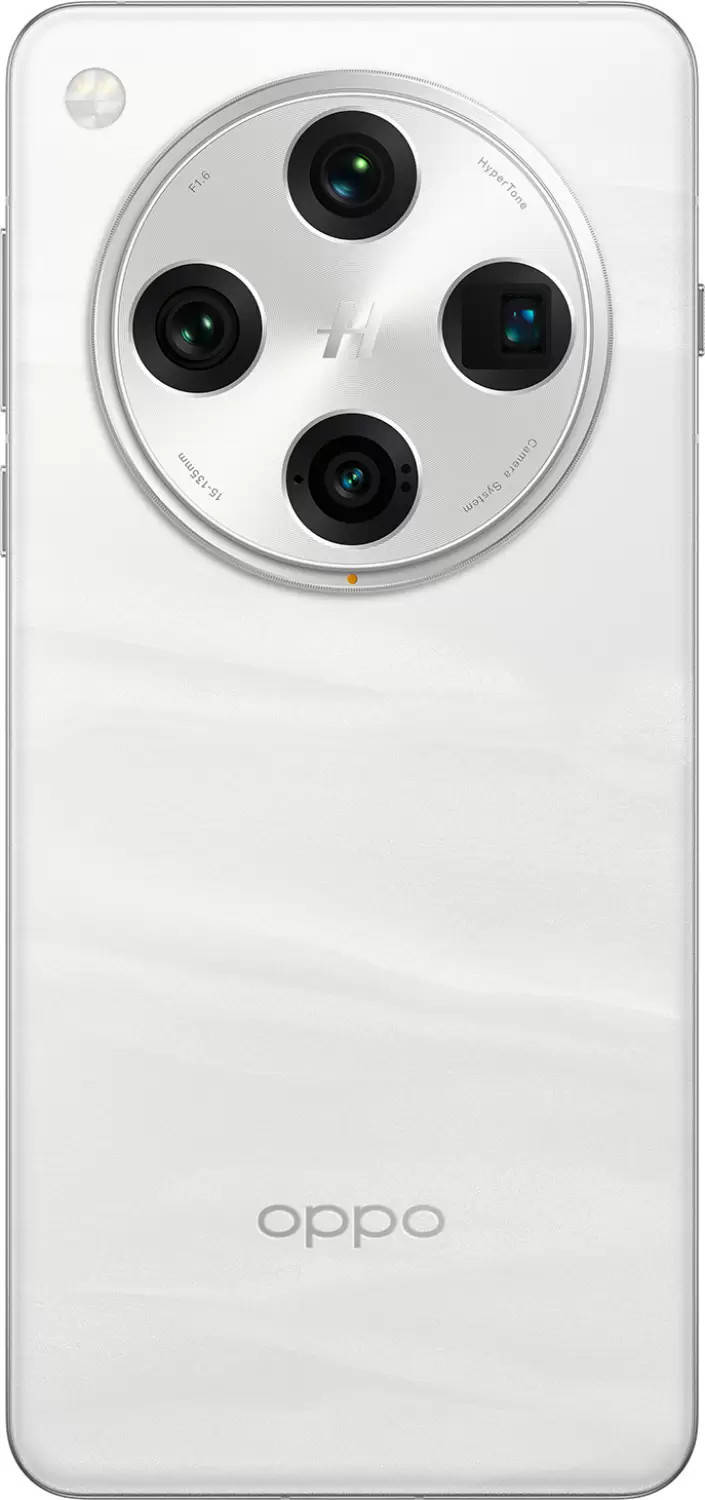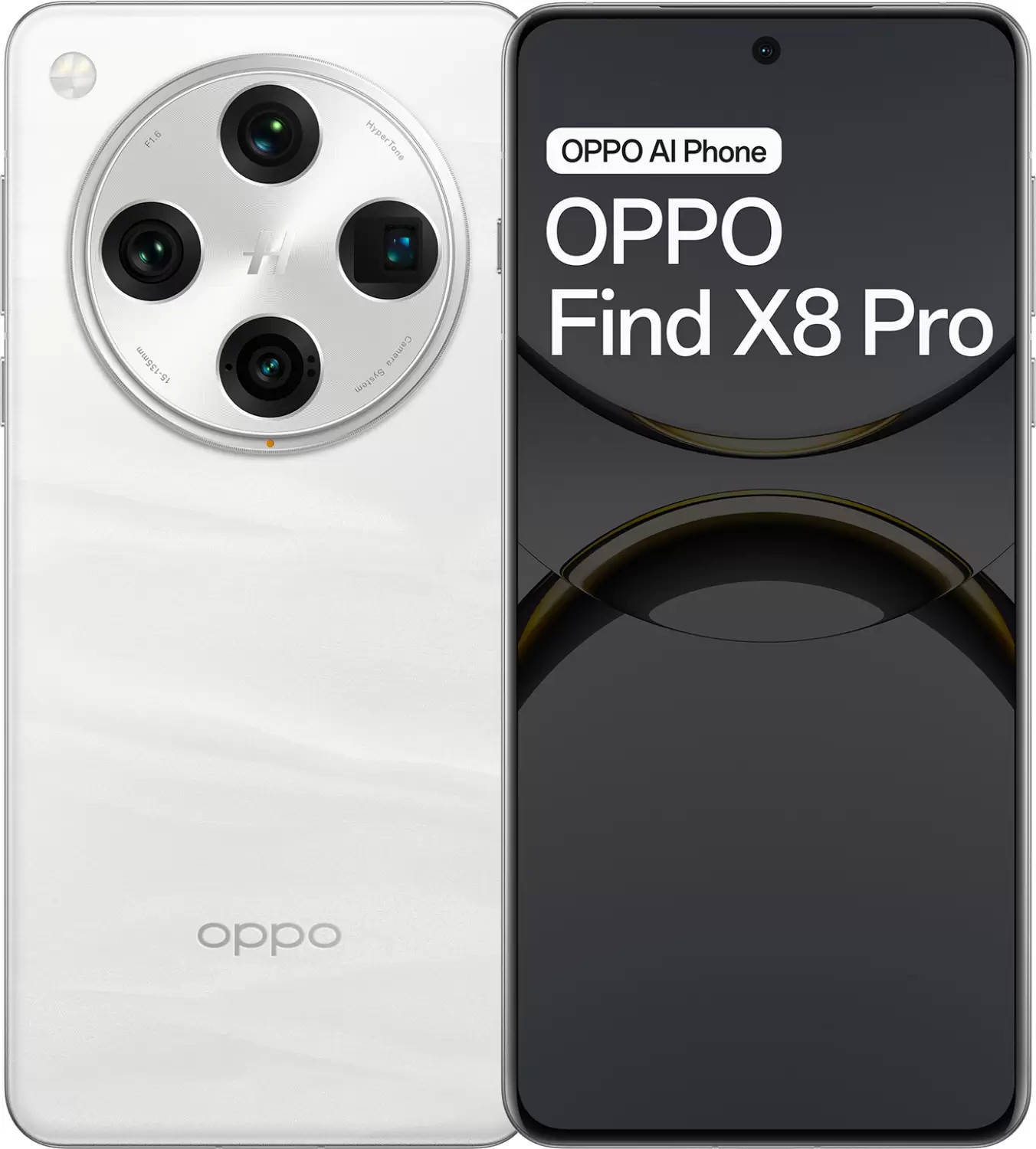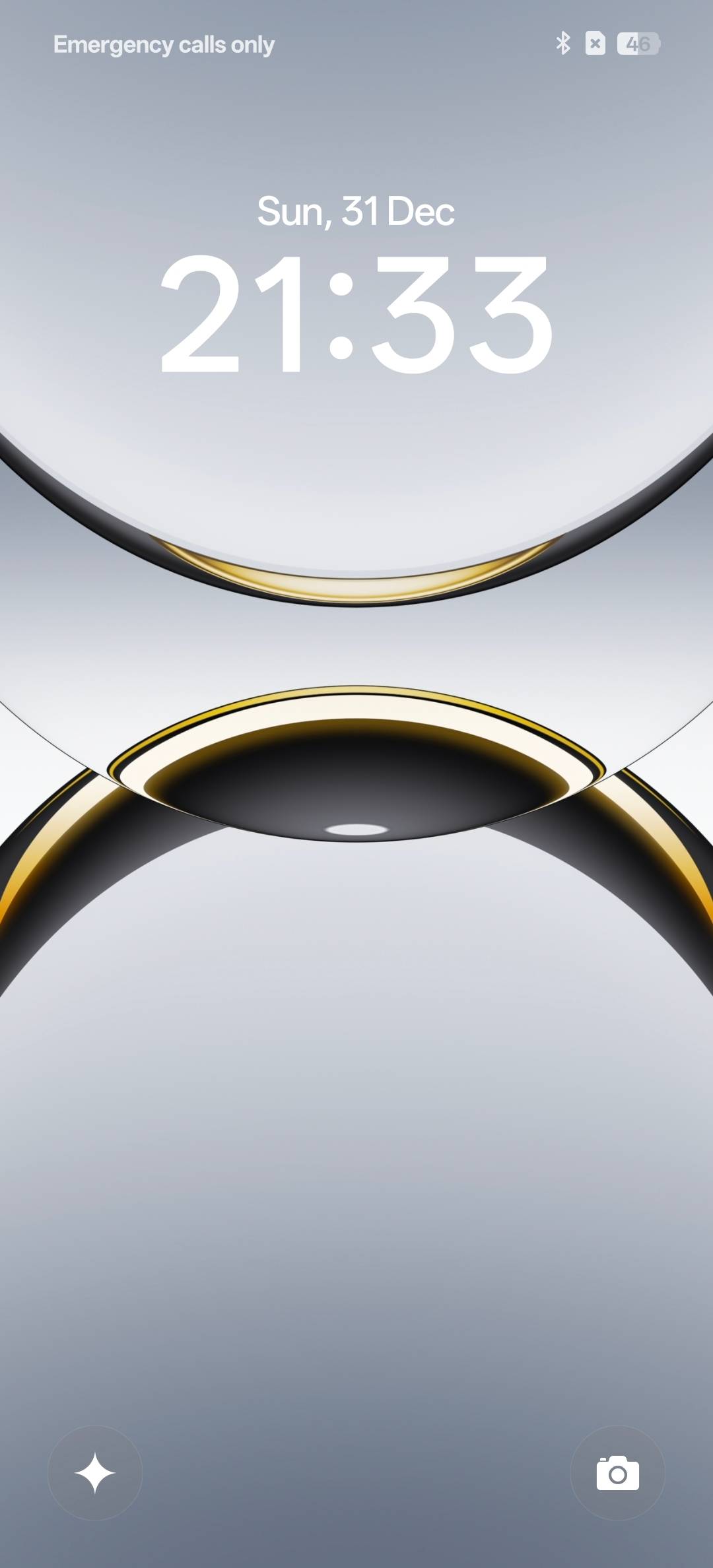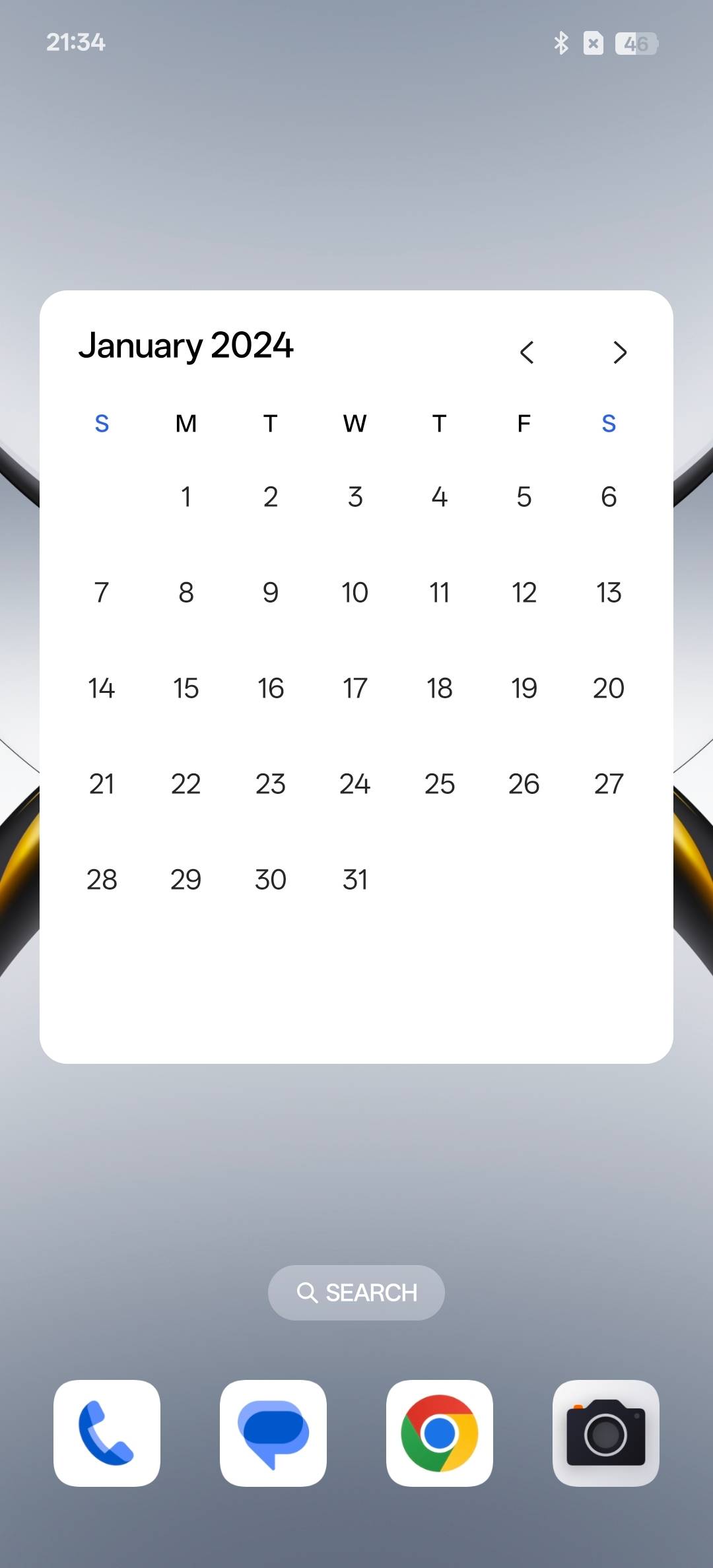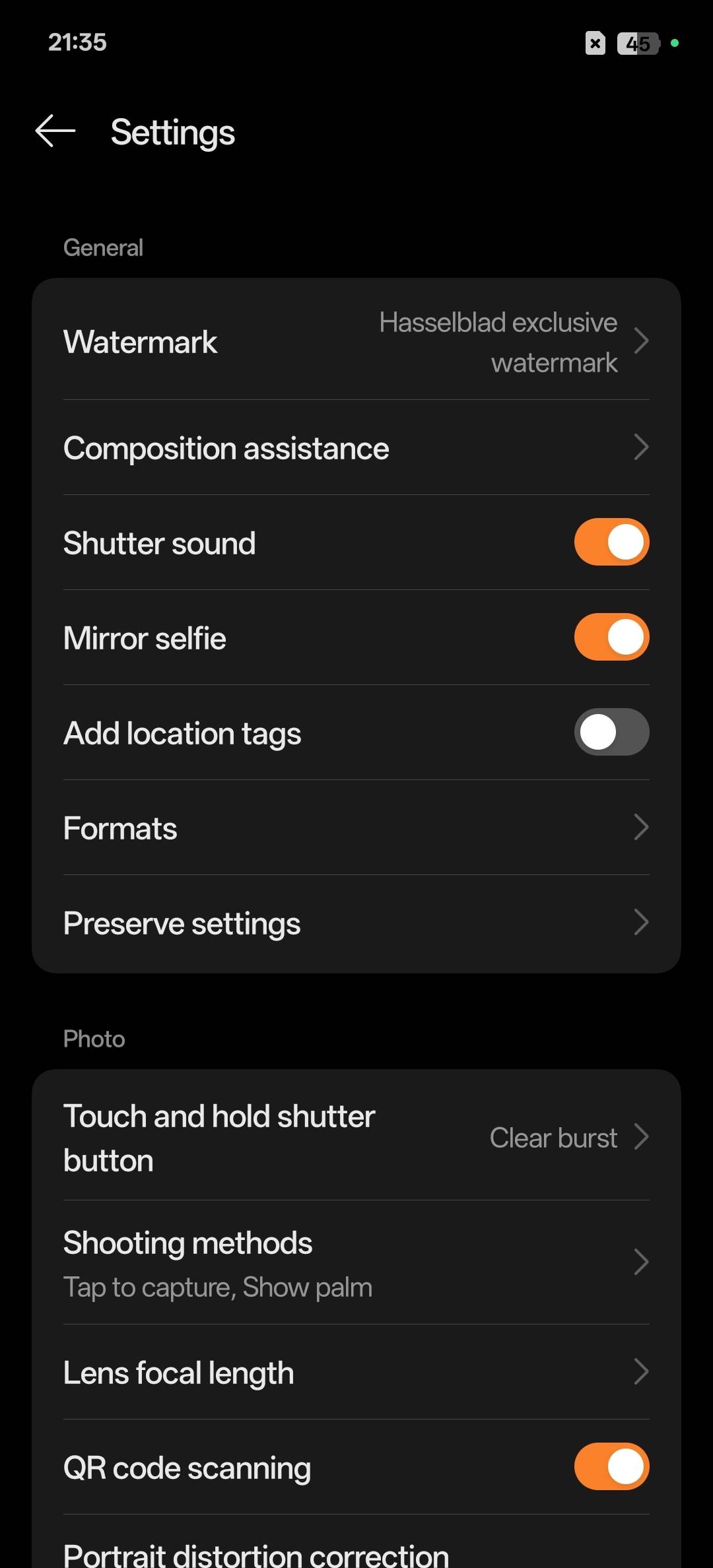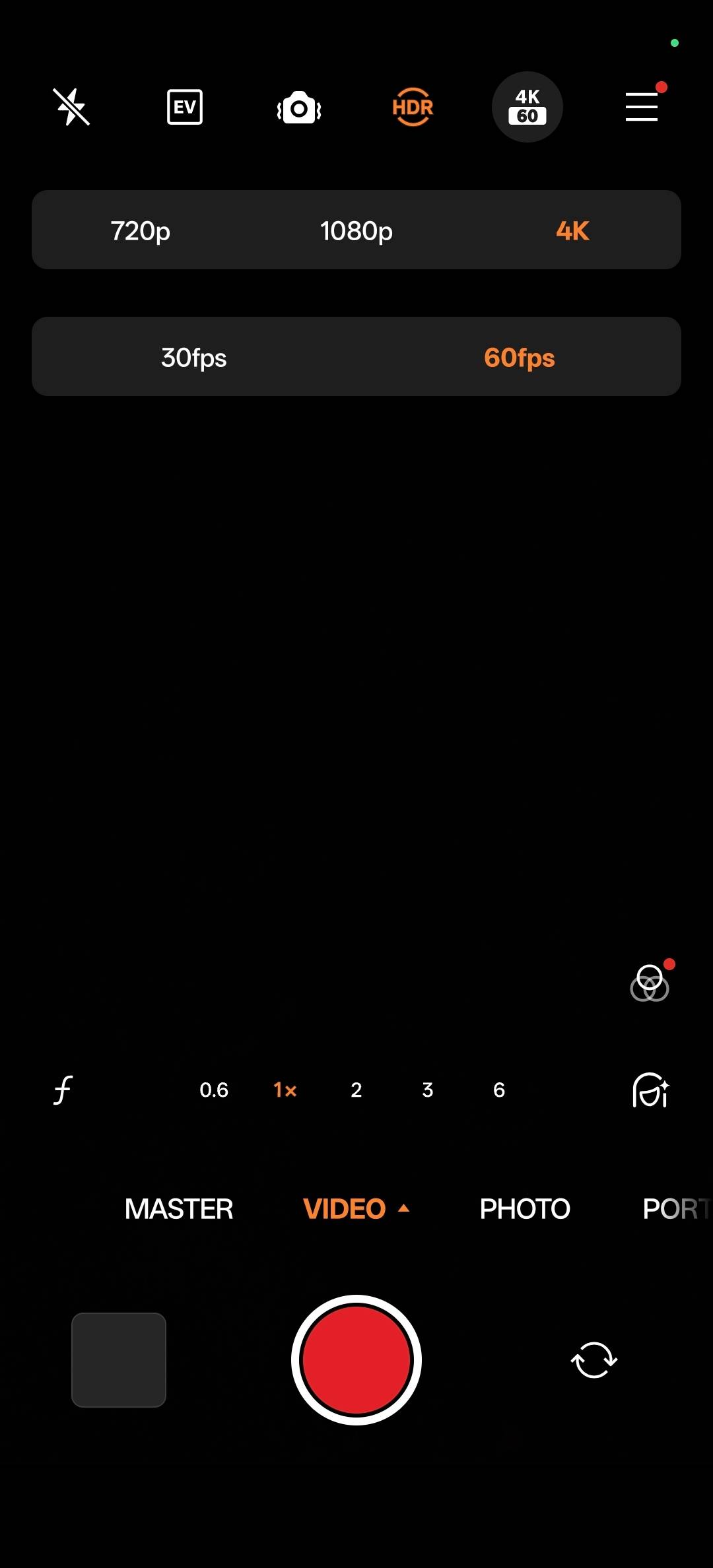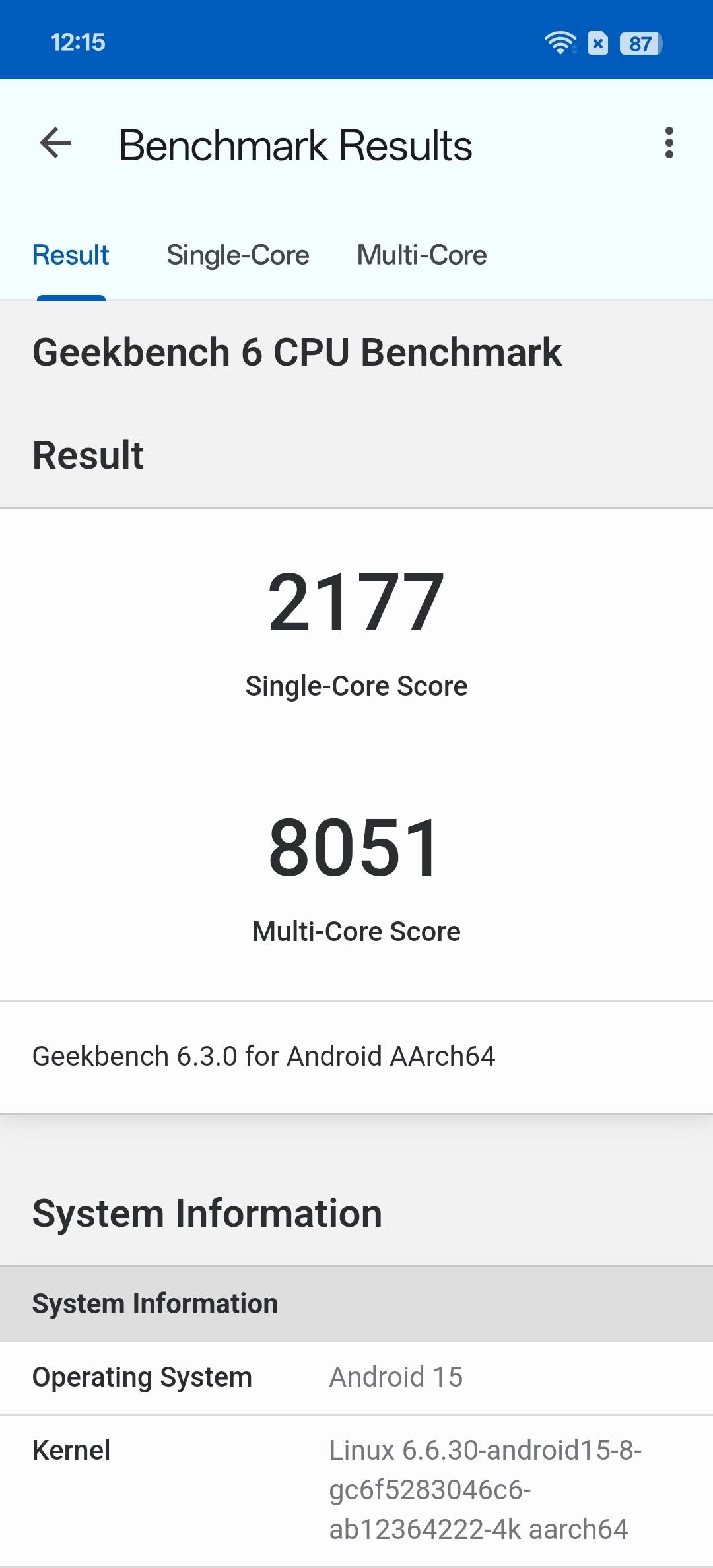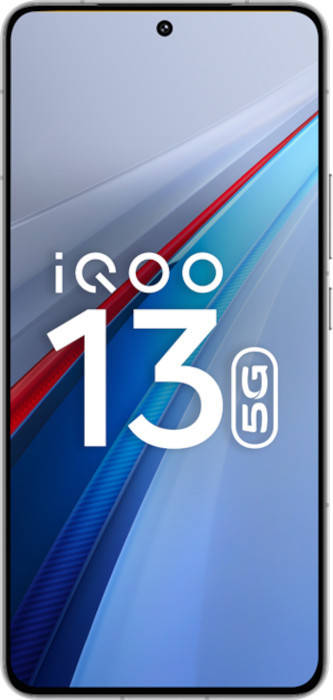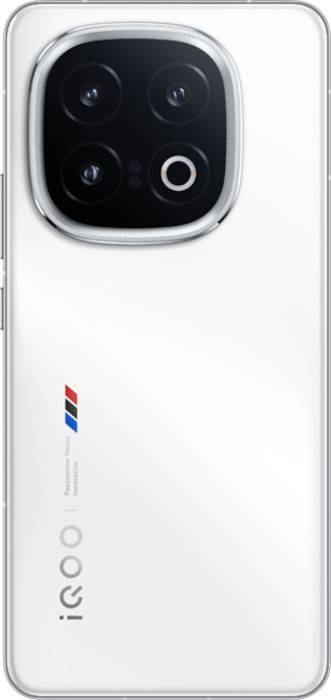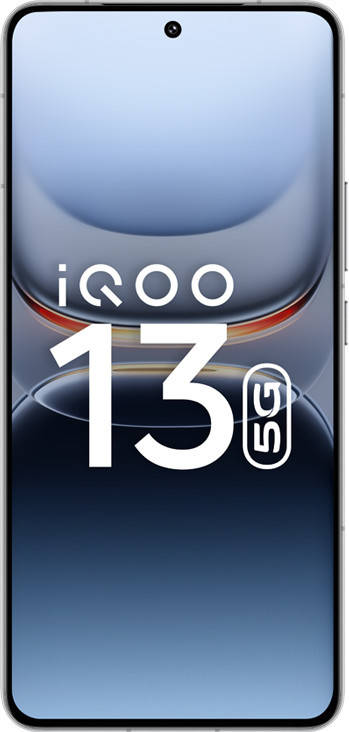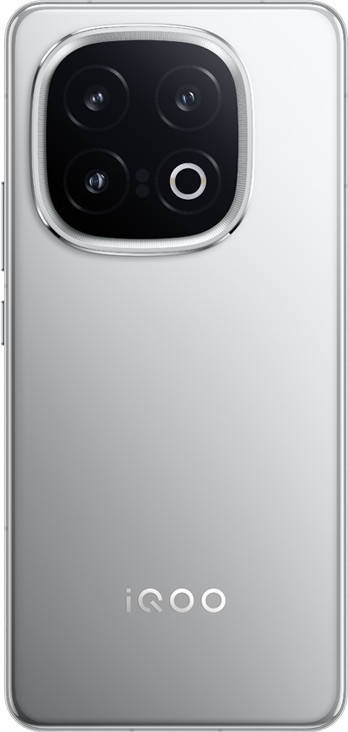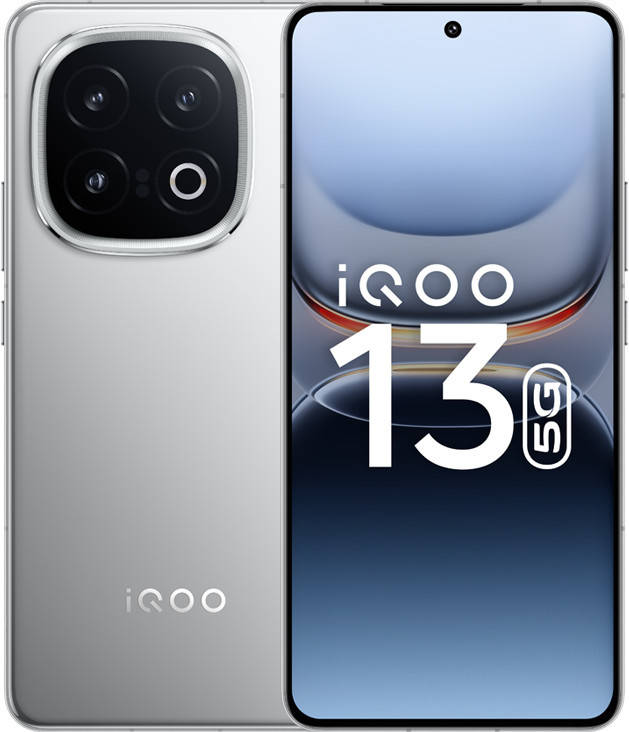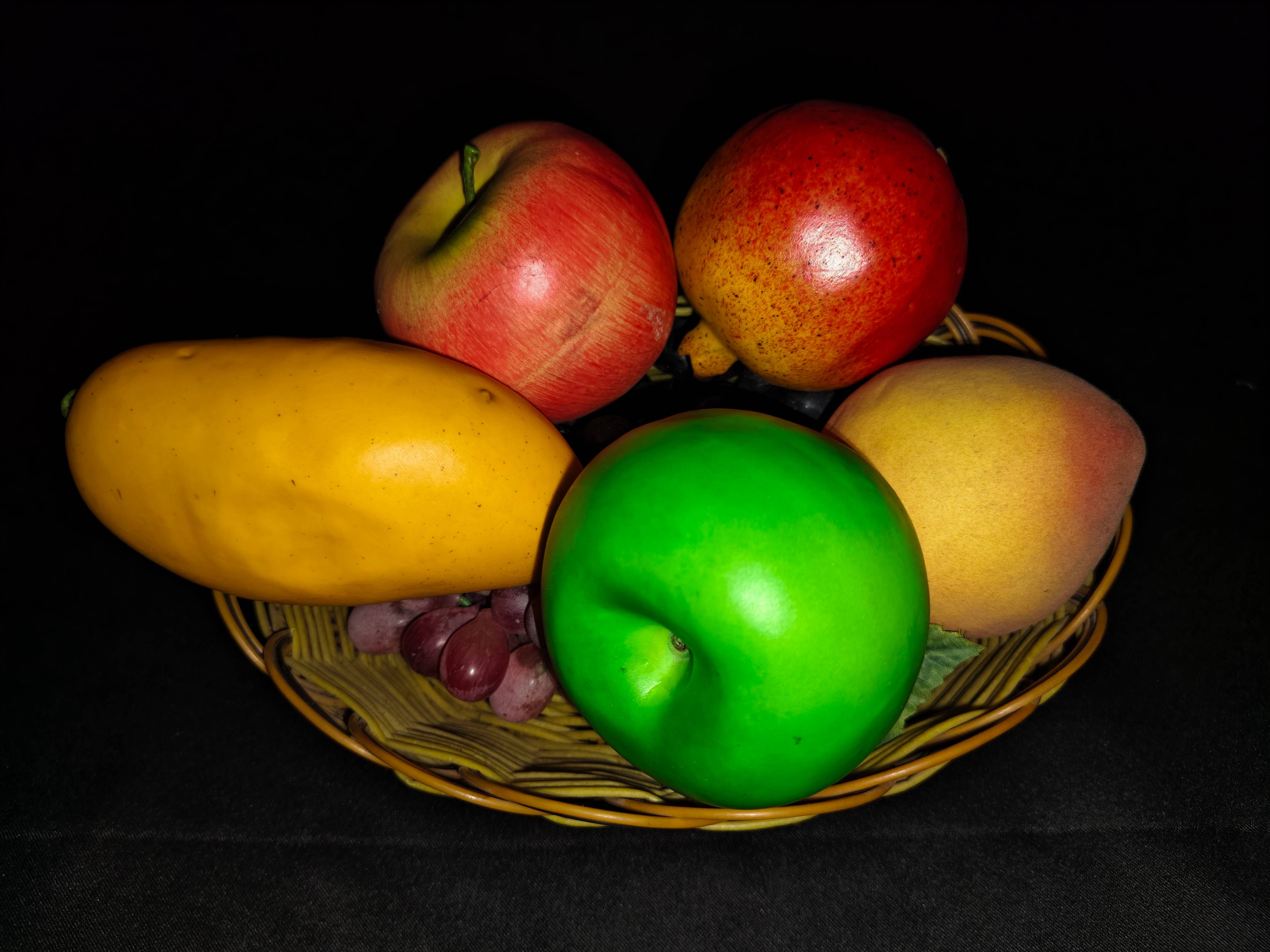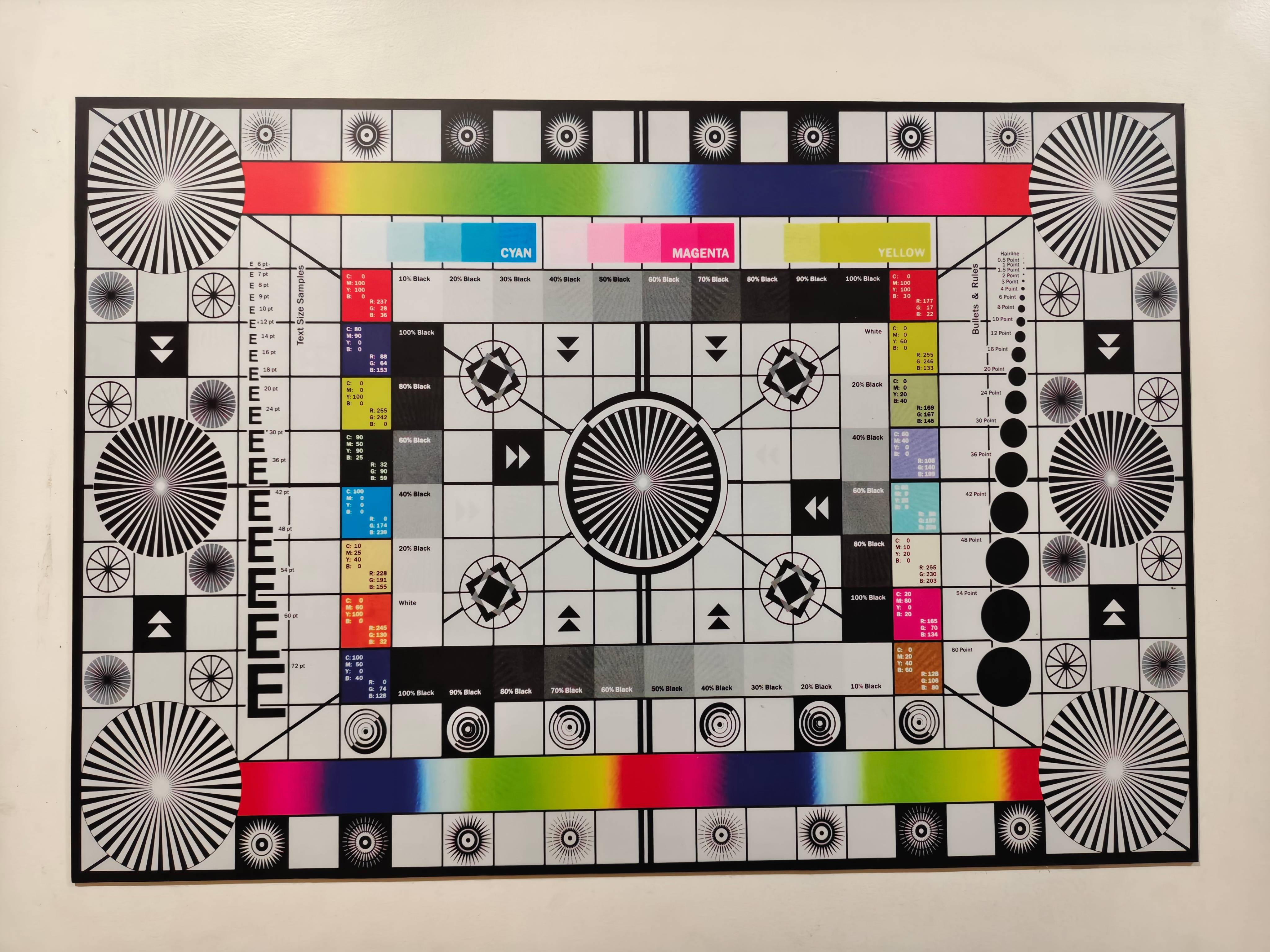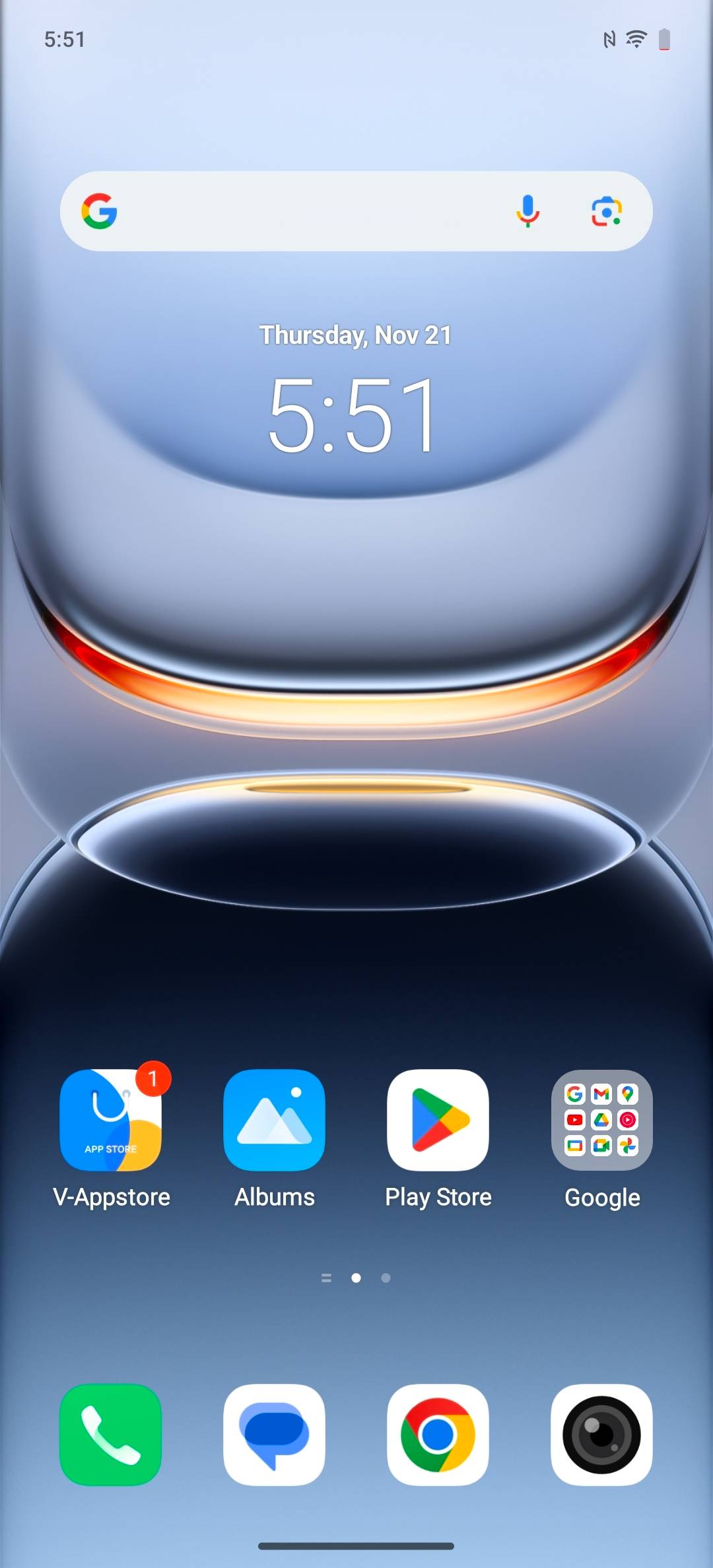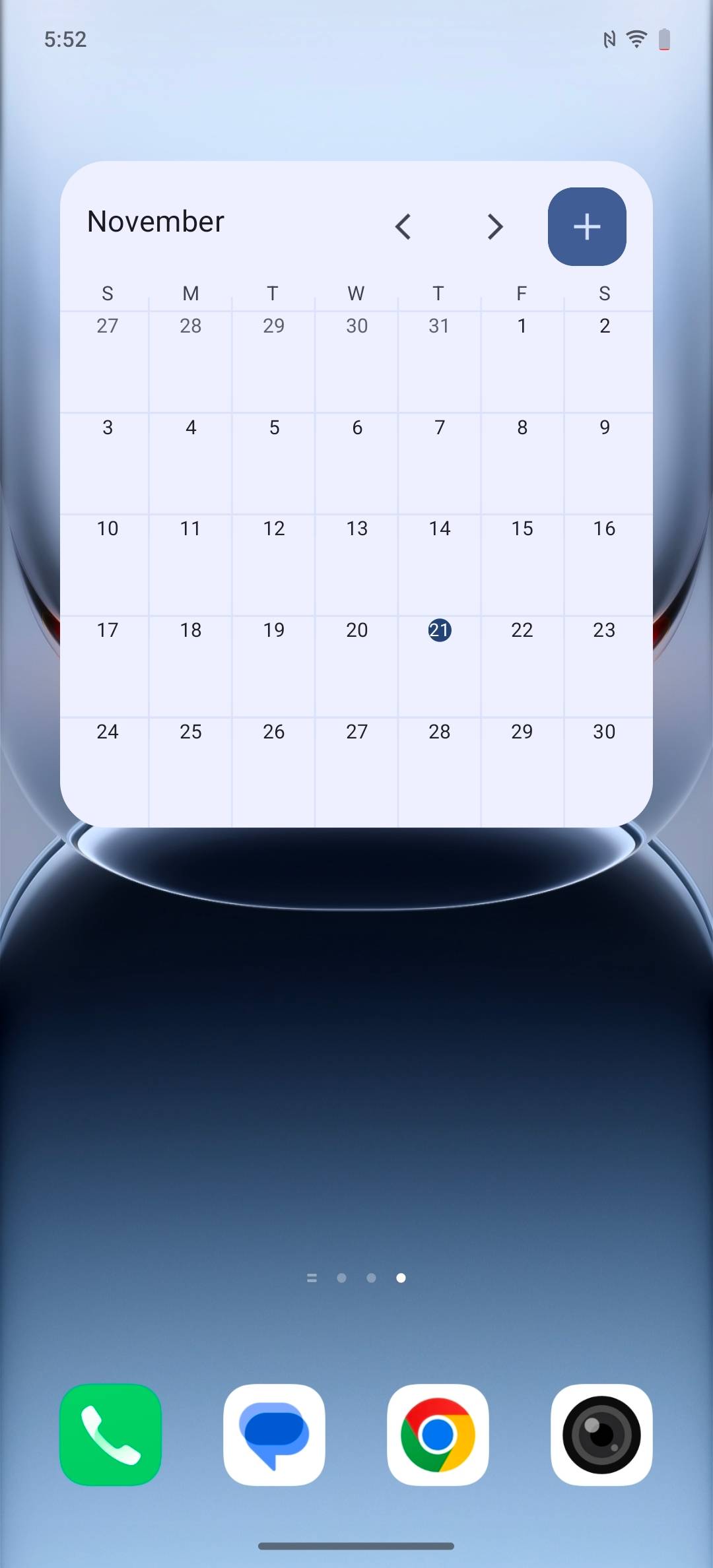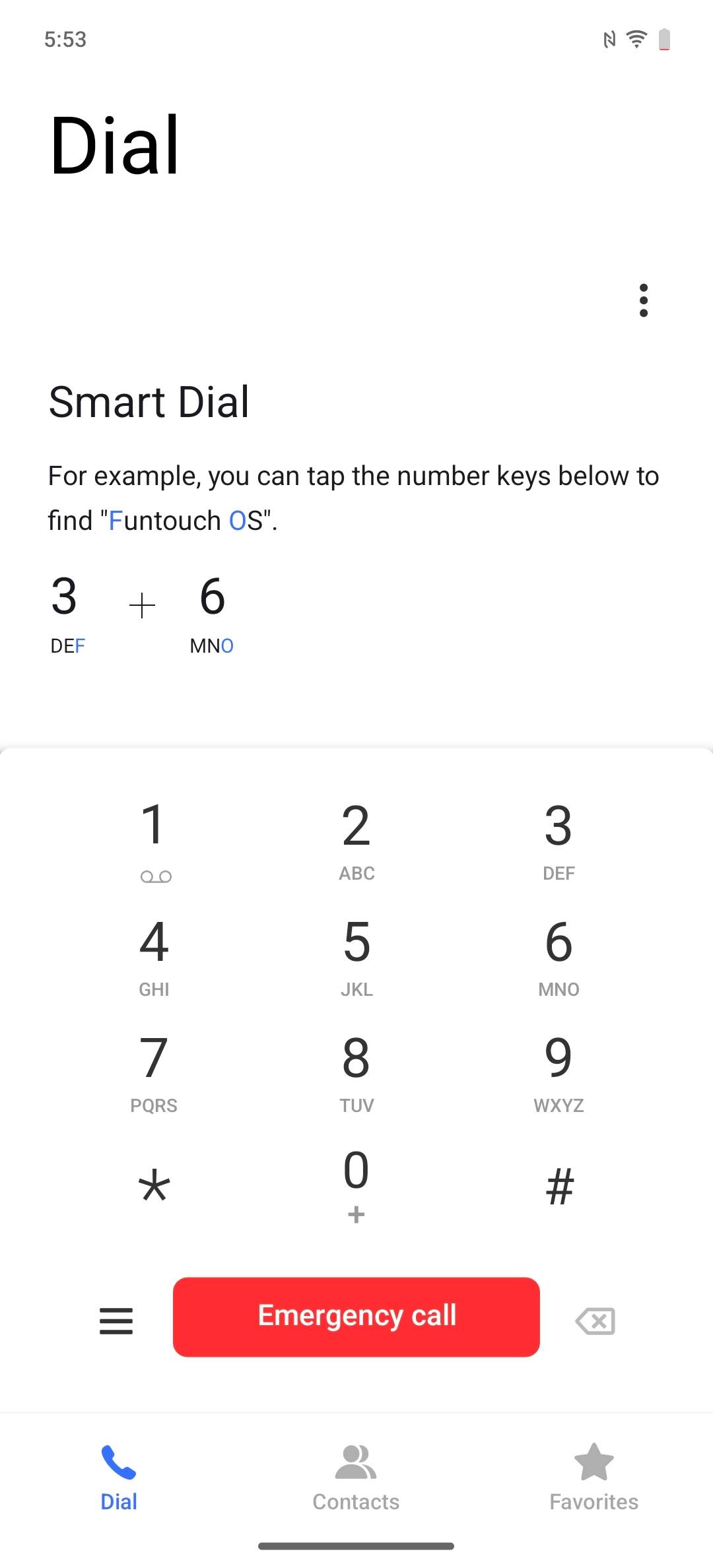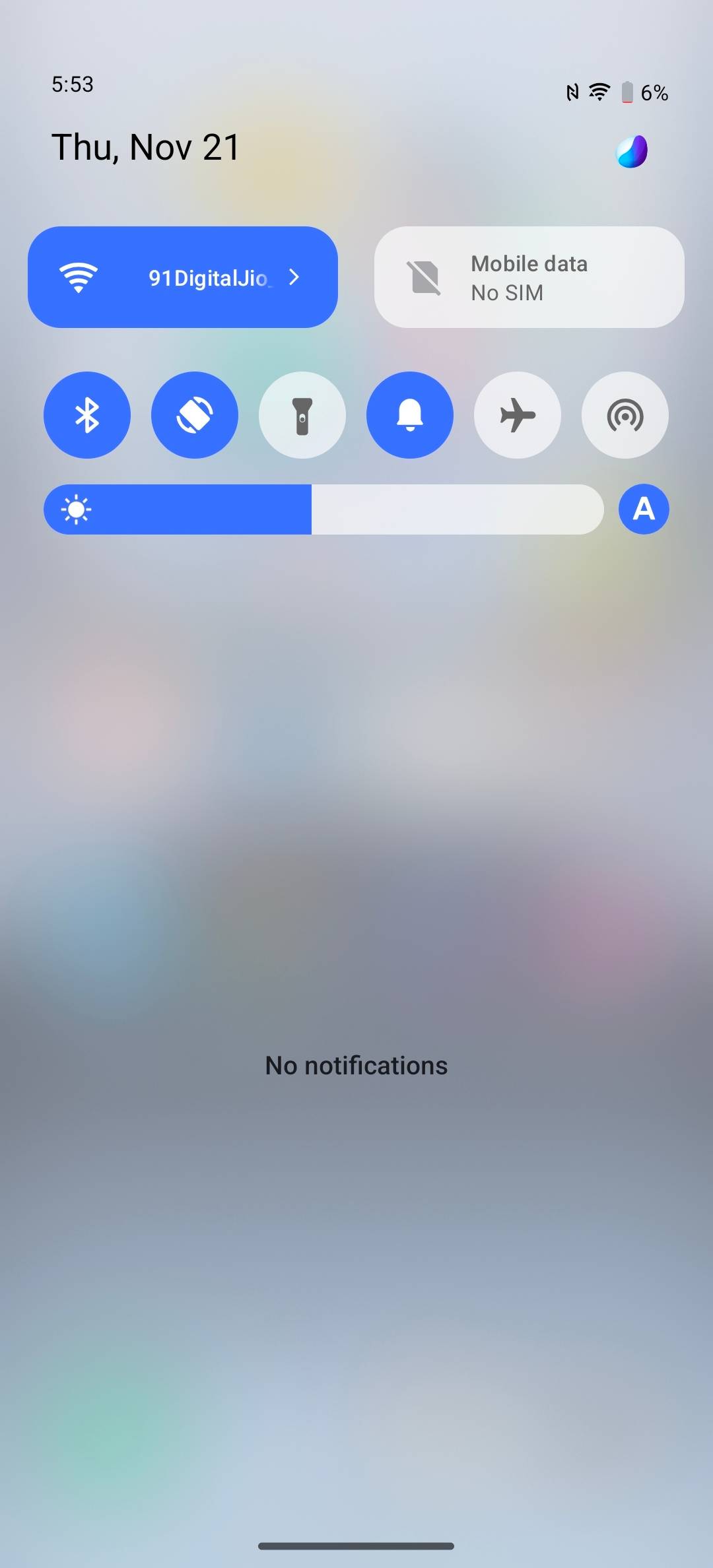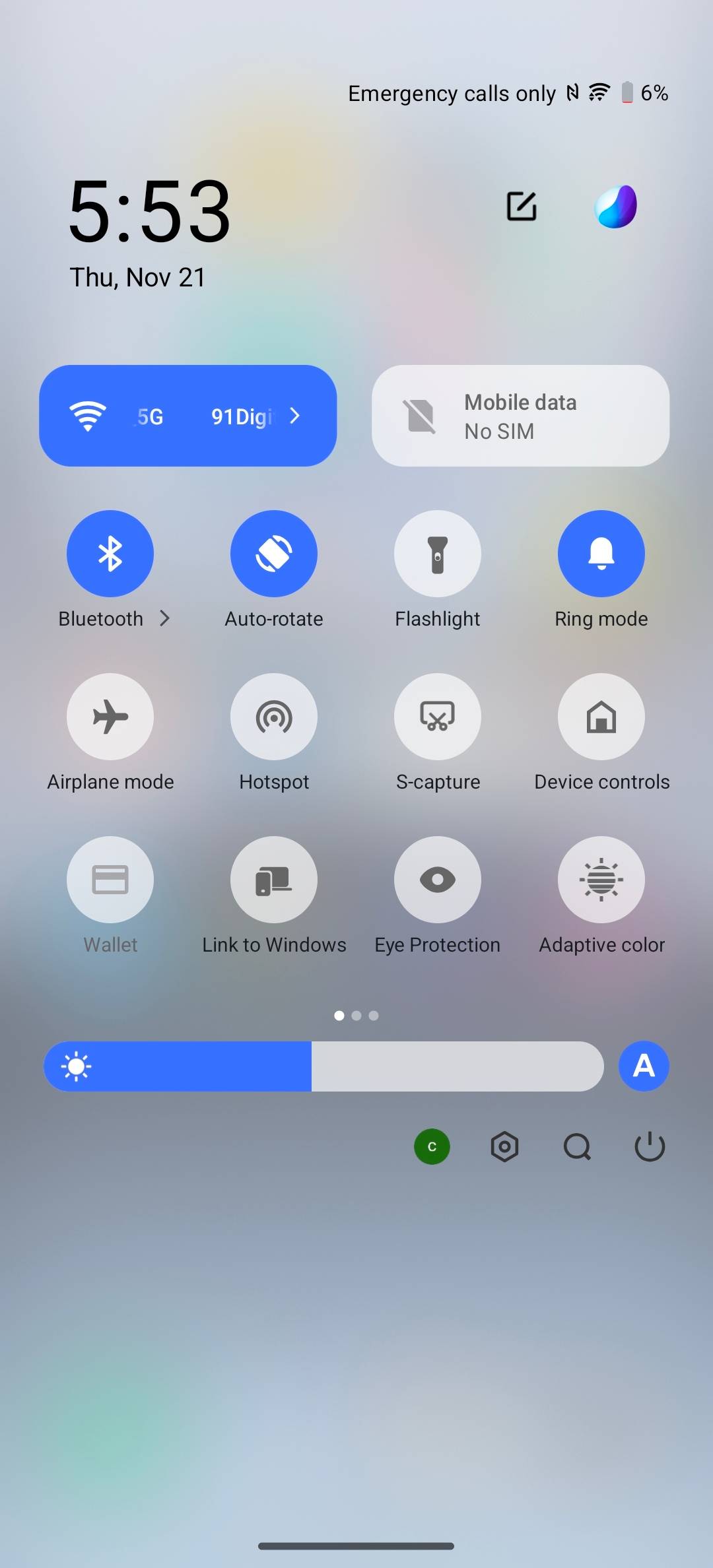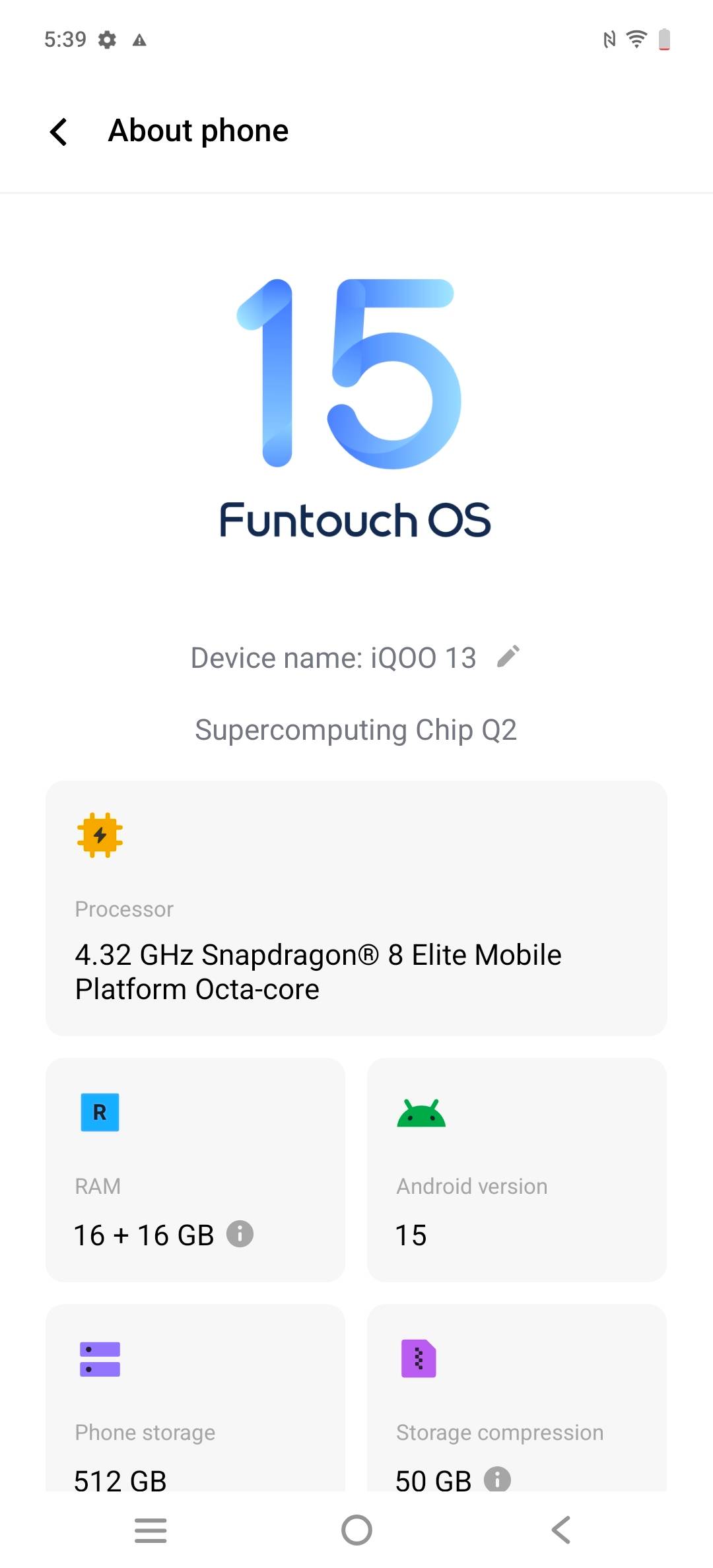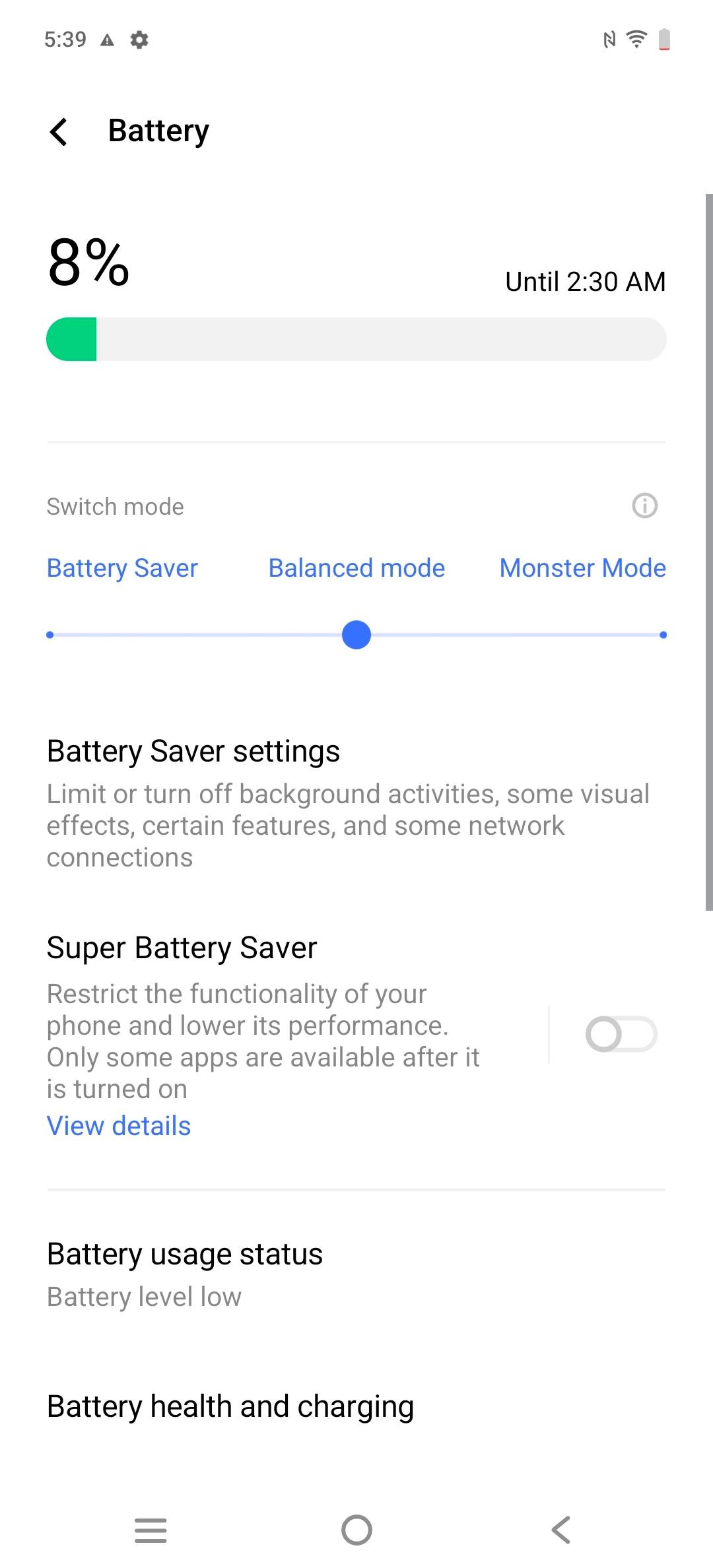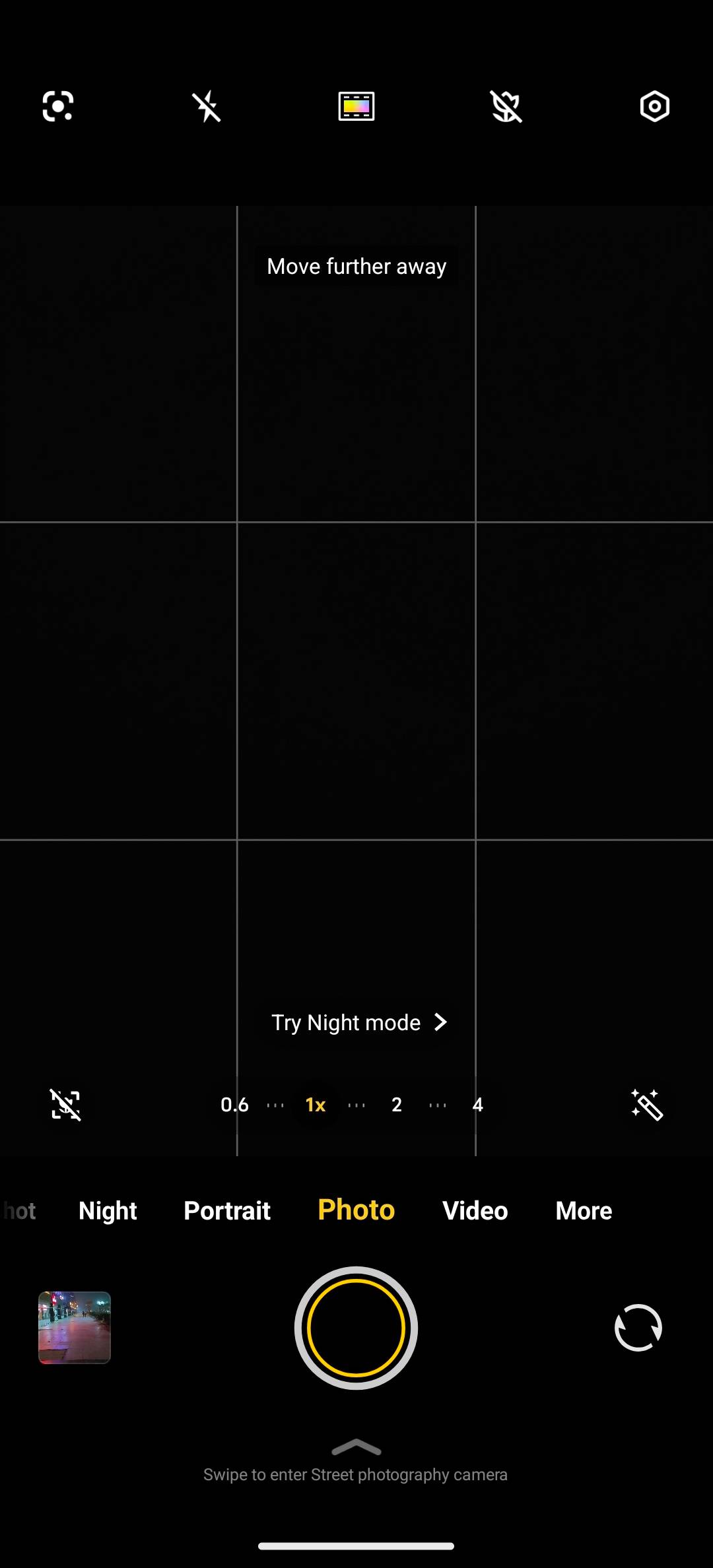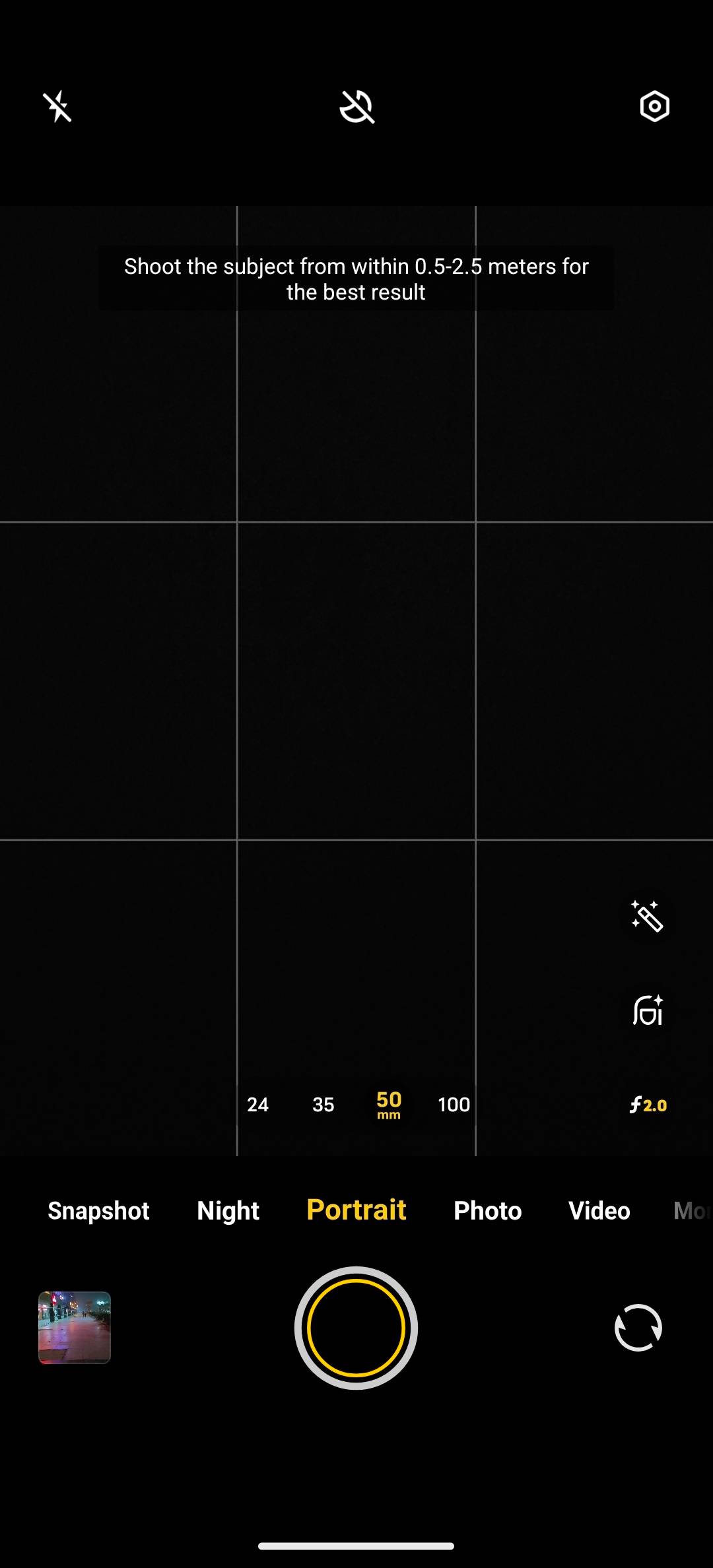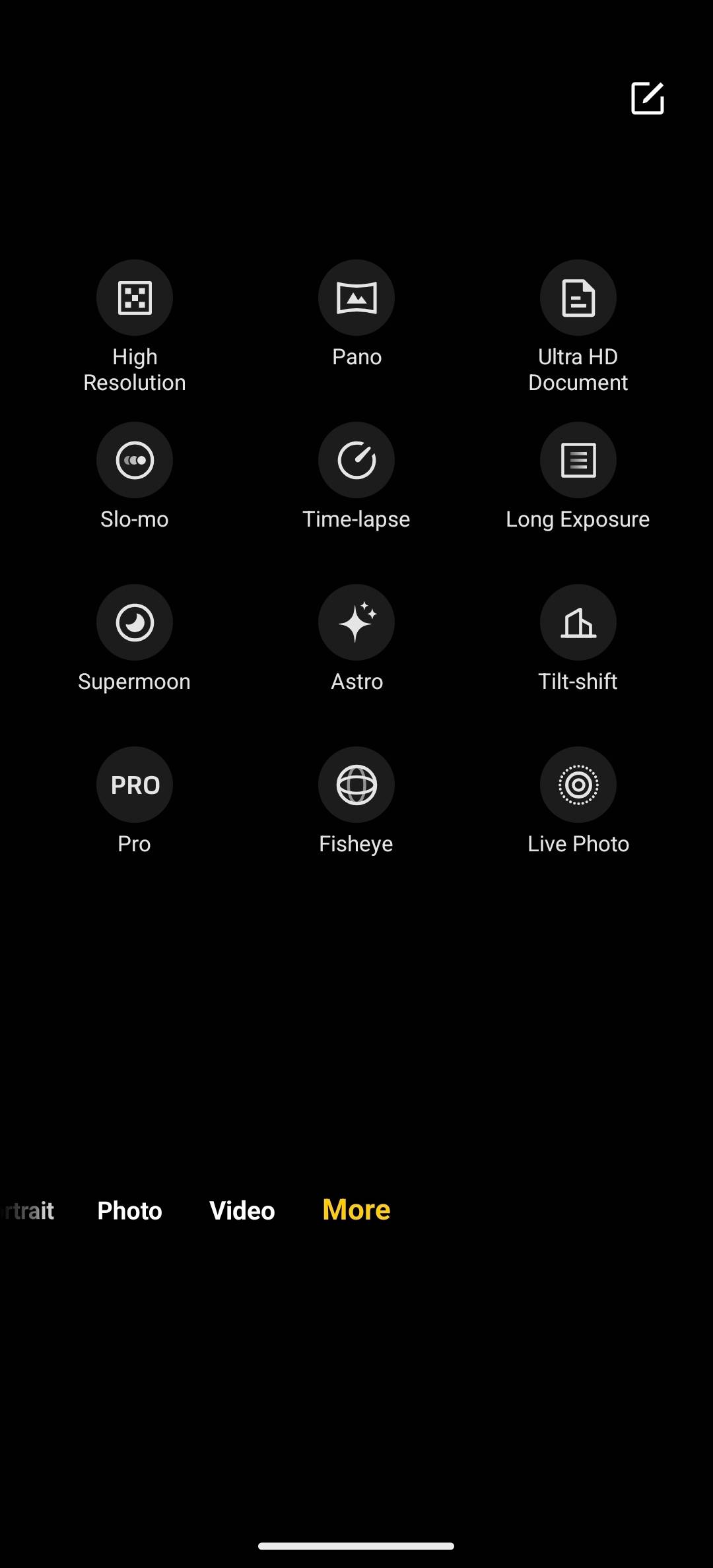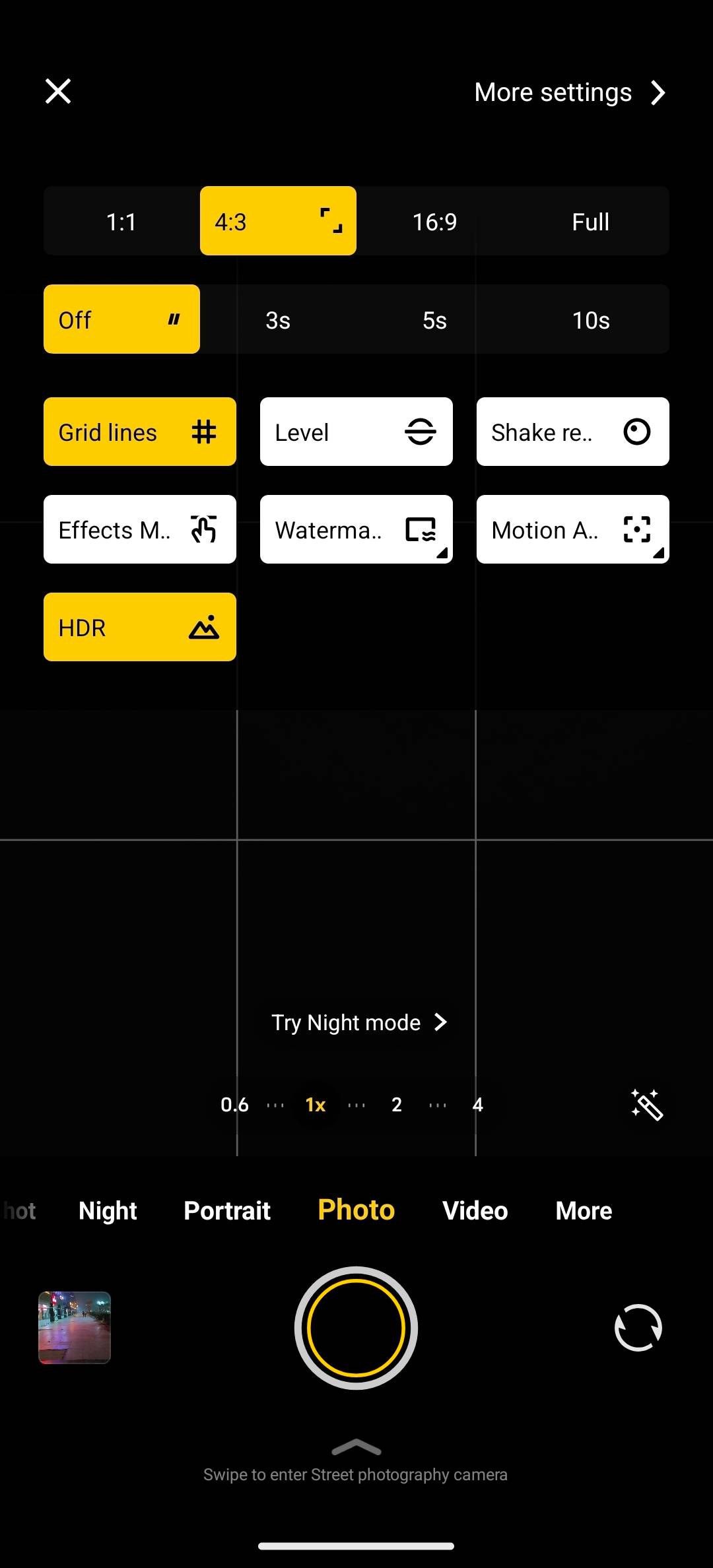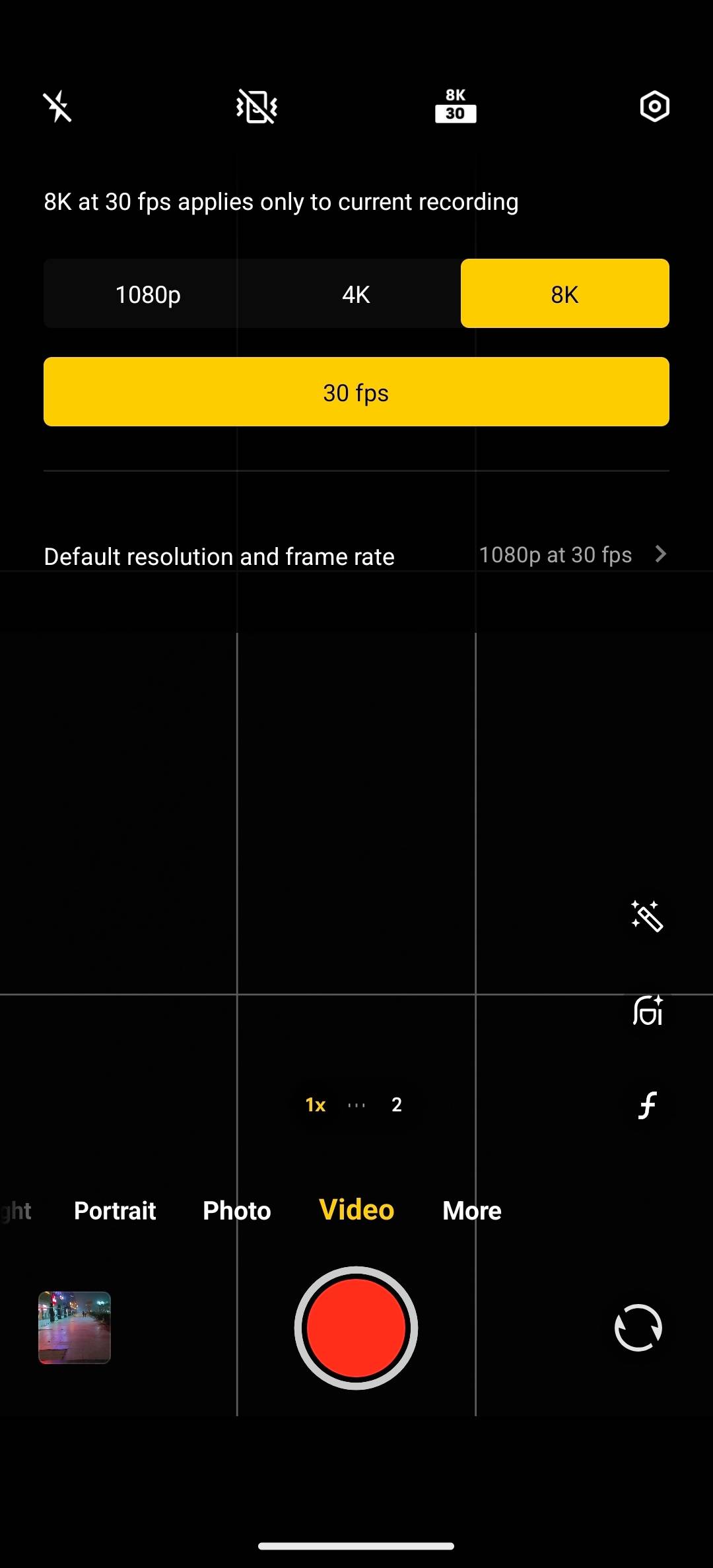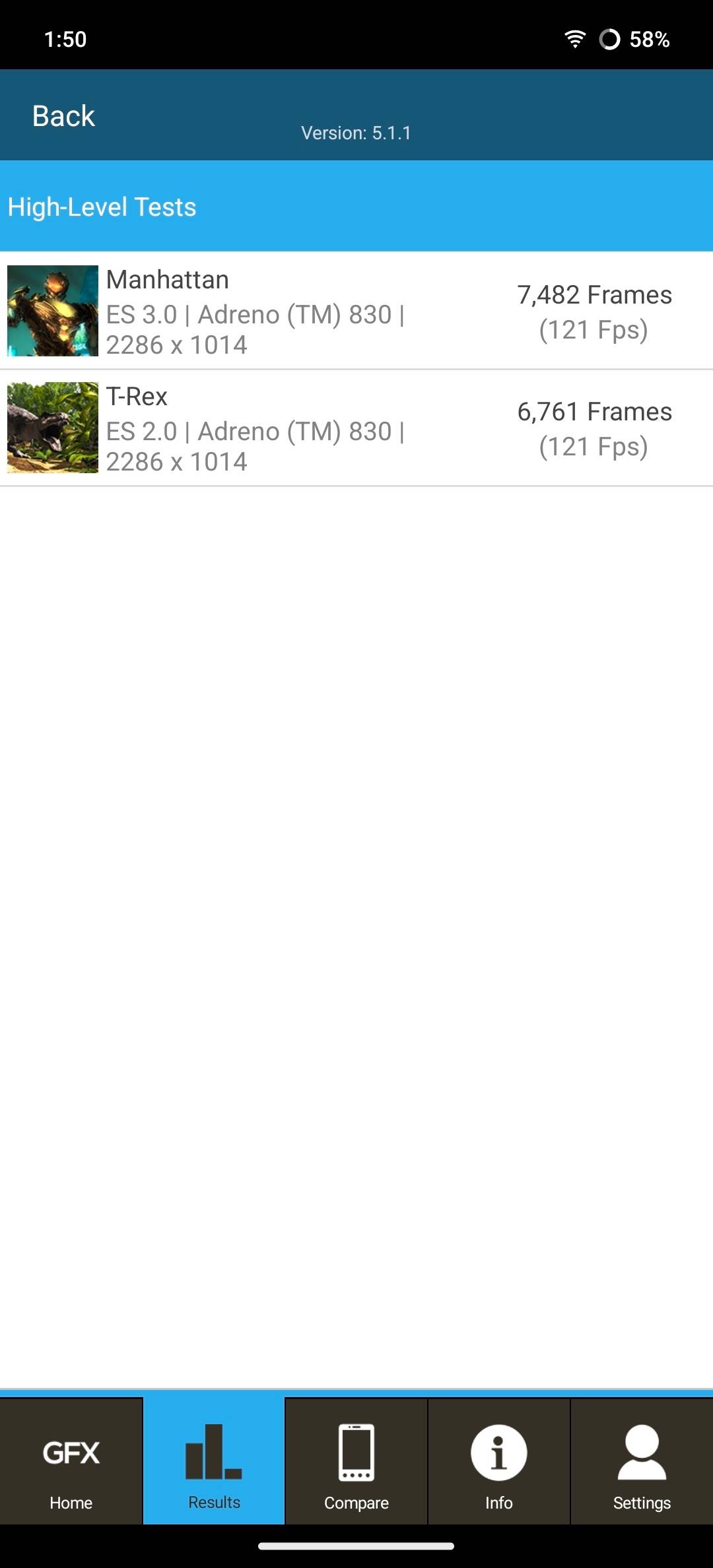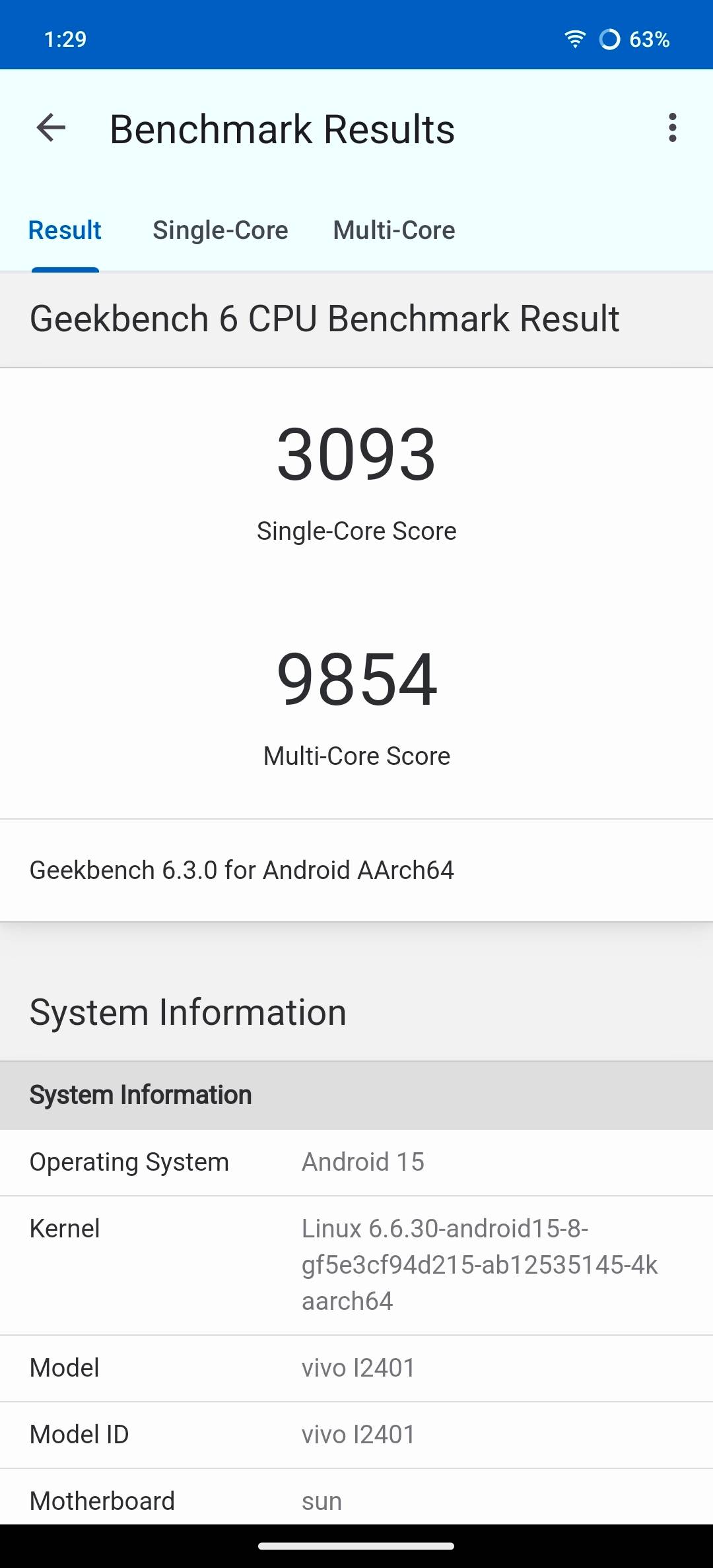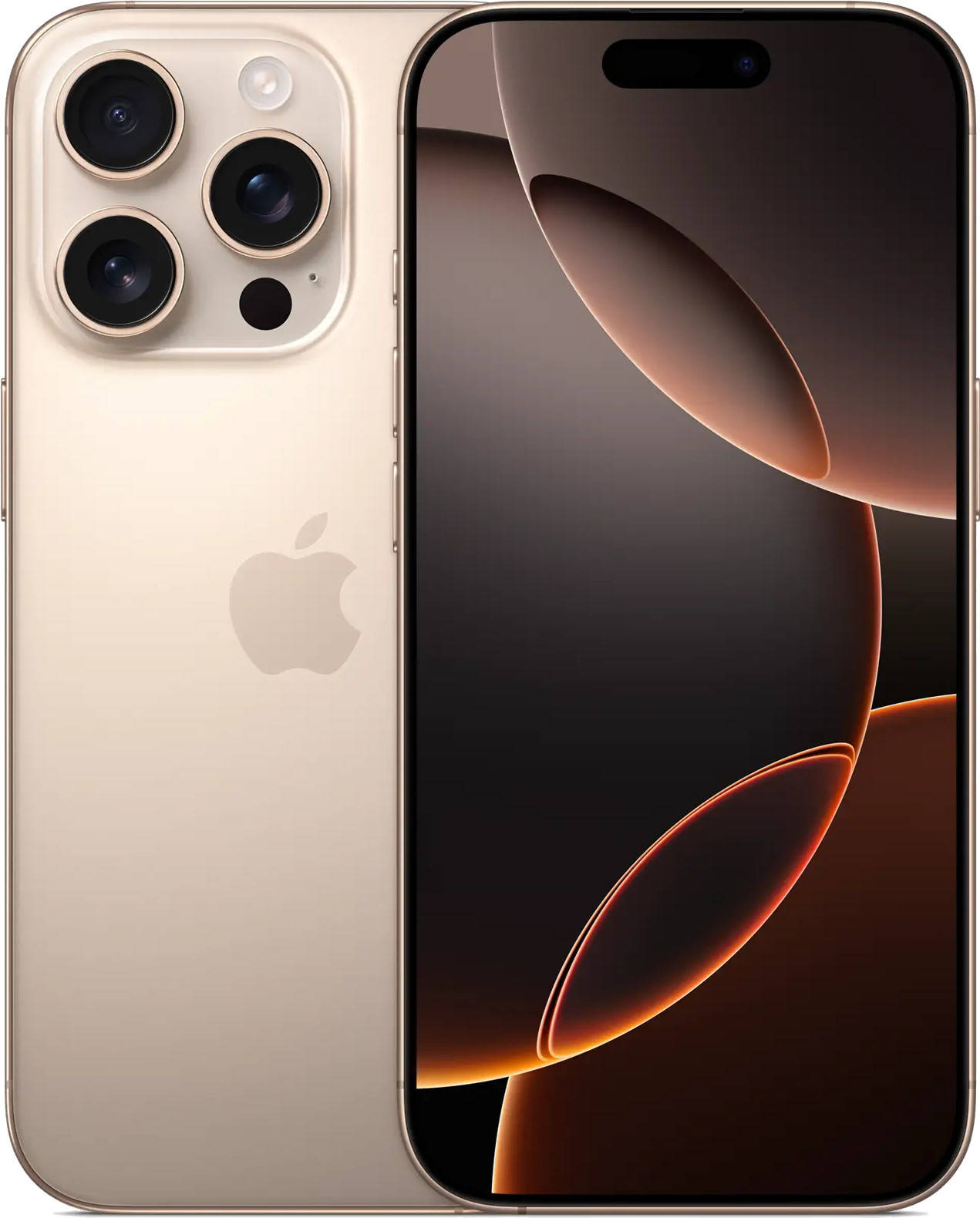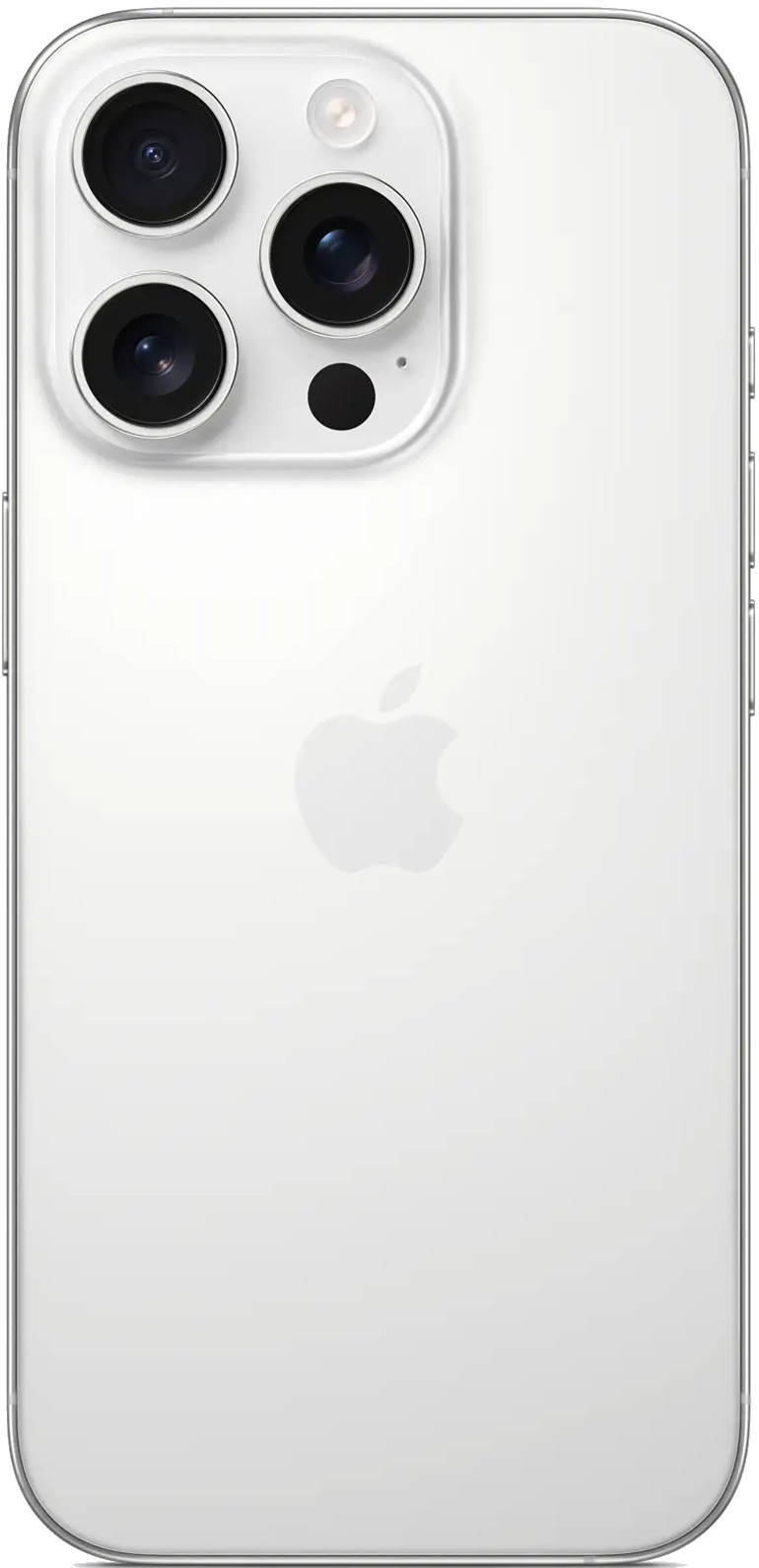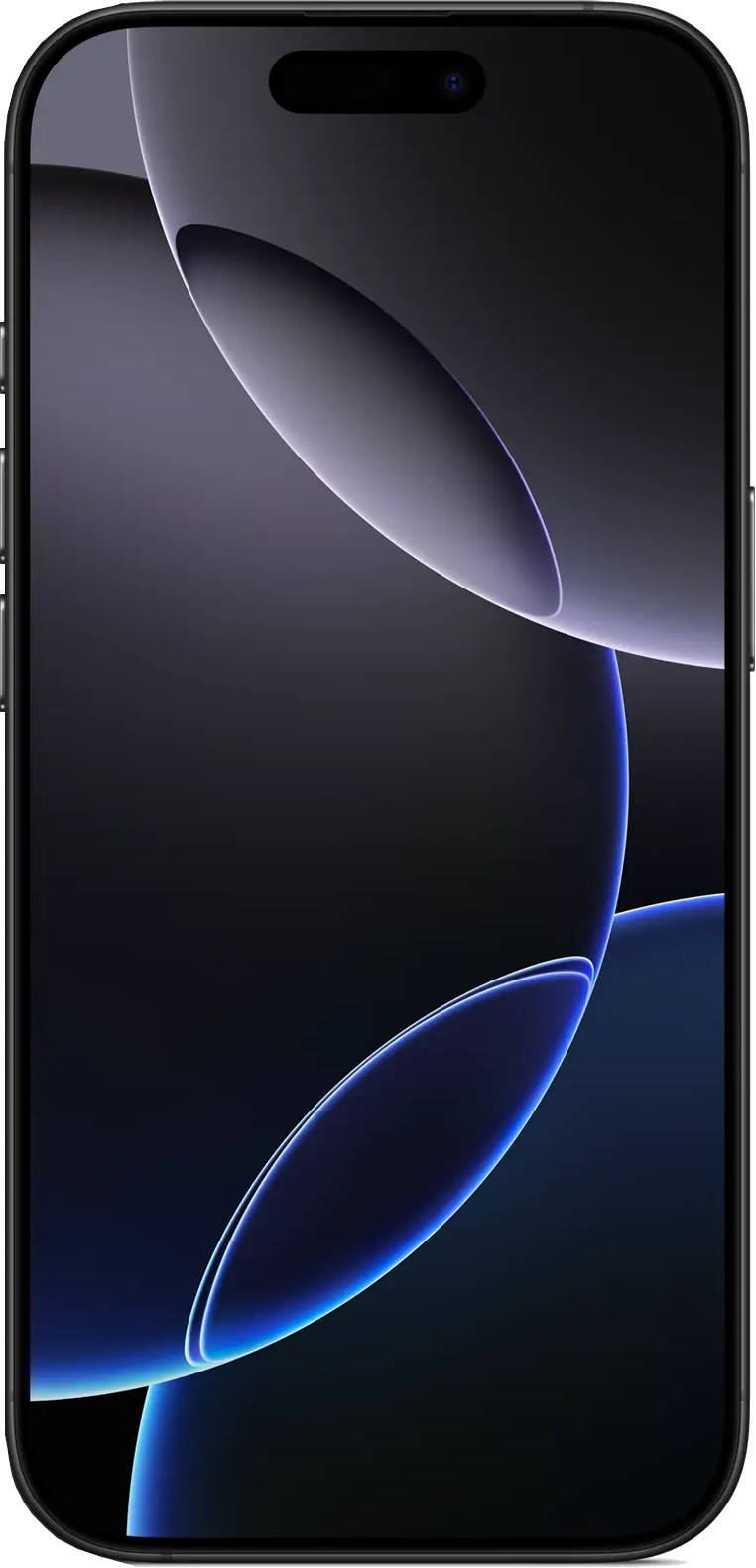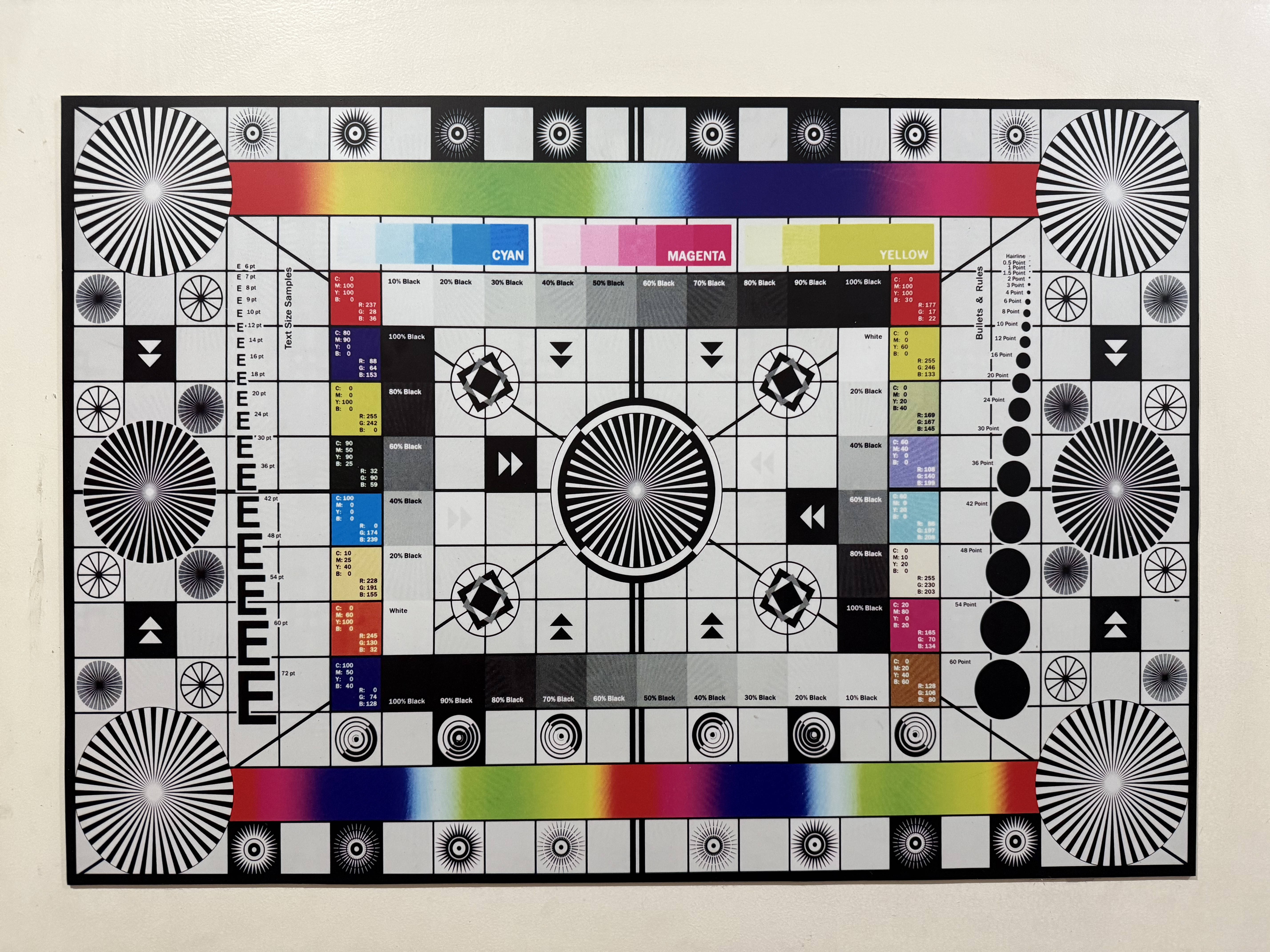
Yes, the Vivo X200 Pro is primarily a camera phone. But Vivo has not skimped on other aspects, especially the hardware. This is an extremely powerful flagship powered by the MediaTek Dimensity 9400 chipset and 16GB LPDDR5X RAM, and it delivers everything a power user could ask for and then some. The device can hold its own among the likes of the iPhone 16 Pro, iQOO 13 (review), and OPPO Find X8 Pro (review) to name a few. You can see this for yourself as you read on.
Verdict:
The Vivo X200 Pro is a terrific performer that delivers blazing fast speeds in real-world usage, even if it doesn’t top the class among rivals in synthetic benchmarks. The Dimensity 9400 is more than capable of handling demanding tasks and is optimised in a way that it doesn’t throttle as much as other rivals in the segment.
Pros:
- Blazing fast performance in real-world usage
- Does not throttle as much as other Android rivals
- Delivers consistent FPS, minimal heating while gaming
Cons:
- Doesn’t perform the best among rivals in synthetic benchmarks
Vivo X200 Pro performance review at a glance:
| Test | Result |
AnTuTu | Rank 1 – iQOO 13 |
Geekbench (single-core) | Rank 1 – iPhone 16 Pro Rank 2 – iQOO 13 Rank 3 – Vivo X200 Pro Rank 4 – OPPO Find X8 Pro |
Geekbench (multi-core) | Rank 1 – iQOO 13 Rank 2 – iPhone 16 Pro Rank 3 – OPPO Find X8 Pro Rank 4 – Vivo X200 Pro |
Burnout | Rank 1 – iPhone 16 Pro Rank 2 – Vivo X200 Pro Rank 3 – OPPO Find X8 Pro Rank 4 – iQOO 13 |
| Gaming (FPS) | Rank 1 – iQOO 13 Rank 2 – Vivo X200 Pro Rank 3 – OPPO Find X8 Pro |
| Gaming (Temperature) | Rank 1 – iPhone 16 Pro Rank 2 – iQOO 13 Rank 3 – Vivo X200 Pro |
We conducted a series of tests, ranging from well-known benchmarking apps to extended gaming sessions, to assess each device’s CPU, GPU, thermal management, and throttling performance. These tests included synthetic benchmarks such as AnTuTu, Geekbench, and Burnout, as well as real-world gaming to evaluate thermal behaviour and FPS stability. Keep reading to see how the Vivo X200 Pro measures up against its competitors.
Table of Contents
AnTuTu
(higher is better)

Winner: iQOO 13
The iQOO 13 scores the highest among the competitors on AnTuTu with the Snapdragon 8 Elite chipset, which isn’t surprising since the iQOO 13 is a performance-centric phone. However, the Vivo X200 Pro is not too far behind, highlighting the Dimensity 9400 is almost as good in overall performance. Interestingly all three Android phones scored higher than Apple’s A18 Pro chipset that’s powering the iPhone 16 Pro.
Real-world context: In reality, you are unlikely to see any noticeable difference between the Vivo X200 Pro and iQOO 13. Both phones are identically fast in opening and running apps, switching between apps, and general usage.
Geekbench
(higher is better)


Winner: iPhone 16 Pro (single-core), iQOO 13 (multi-core)
While the iPhone 16 Pro performed better in single-core tests, the iQOO 13 was ahead in multi-core, suggesting it can handle more demanding applications that require more cores out of the processor efficiently. The Vivo X200 Pro didn’t do as well, but the difference in scores are almost negligible.
Real-world context: All phones mentioned above are high performers capable of handling almost any app found in Google Play Store with ease. This includes the Vivo X200 Pro, which was able to seamlessly handling multiple apps at once.
CPU Throttle
(higher is better)

Winner: iPhone 16 Pro
The Dimensity 9400 chipset proved much more efficient at handling sustained workloads, achieving close to 60 percent of its peak performance. The Snapdragon 8 Elite-powered iQOO 13 didn’t fare so well in this one.
Real-world context: The CPU Throttle test suggests the Vivo X200 Pro can handle heavy workloads for longer without lagging or slowing down. This is true in reality as well as the Vivo X200 Pro was able to stay fast, smooth and lag-free during prolonged usage, especially when using the camera app.
Gaming
High-end games, especially, put a device’s CPU and GPU to the test. To assess thermal management and average frames per second (FPS), we played popular titles like BGMI, Call of Duty, and Real Racing 3 for 30 minutes on each of the four devices. Effective thermal management is essential for sustaining peak performance while minimising power consumption and avoiding major frame drops, which can lead to stuttering and disrupt the gaming experience.
Average frames per second (FPS) during 30 minutes of gaming (higher is better)
| Smartphones | Average FPS |
| iQOO 13 | 51.5 |
| Vivo X200 Pro | 50 |
| OPPO Find X8 Pro | 49 |
| iPhone 16 Pro | NA |
As you can see from the table above, all three Android flagships delivered an average FPS of around 50, with the iQOO 13 doing marginally better than the Vivo X200 Pro. This isn’t surprising as the iQOO 13 is tuned towards delivering a smooth gaming experience. But the Vivo X200 Pro is just as good in gaming as you will also see in the thermal test below. Meanwhile, we couldn’t record the FPS for the iPhone 16 Pro, but expect nothing less from Apple’s flagship.
Temperature increase after 30 minutes of gameplay (lower is better)
| Smartphones | Total |
| iPhone 16 Pro | 14.1 |
| iQOO 13 | 15.3 |
| Vivo X200 Pro | 15.4 |
| OPPO Find X8 Pro | 19.2 |
Winner: iQOO 13 (FPS) and iPhone 16 Pro (temperature)
The iPhone 16 Pro’s runs extremely cool when playing graphically intensive games, surpassing its Android competitors. Vivo X200 Pro and iQOO 13 are tied as far as thermals go, both offering efficient thermal management while paying games. The Find X8 Pro heated up the most.
Final verdict
While the Vivo X200 Pro may not have taken the top spot in synthetic benchmarks, the flagship holds up extremely well in real-world usage. The Dimensity 9400 chipset breezes through most daily apps and general usage, with barely any slowdown or freezing issues. The chipset is, of course, capable of more intensive tasks like video editing. Gaming on the X200 Pro is a nice experience as well, delivering consistently smooth frame rates while keeping the thermals in check even at the highest graphic settings.
Here’s a quick look at how each of the other phones fare as far as performance goes.
- The iQOO 13 is one of the best-performing Android flagships right now, offering high scores in benchmarks and gaming thanks to the Snapdragon 8 Elite chipset.
- The iPhone 16 Pro’s A18 Pro chipset delivers terrific performance as well for those interested in the Apple ecosystem.
- OPPO Find X8 Pro, despite getting the same chipset as the Vivo X200 Pro, isn’t known for its performance as much as it is for its design and cameras. If the latter two are more important, the Find X8 Pro should be considered.
| Phones | Starting price |
| Vivo X200 Pro | Rs 94,999 |
| iQOO 13 | Rs 54,999 |
| OPPO Find X8 Pro | Rs 99,999 |
| iPhone 16 Pro | Rs 1,19,900 |



